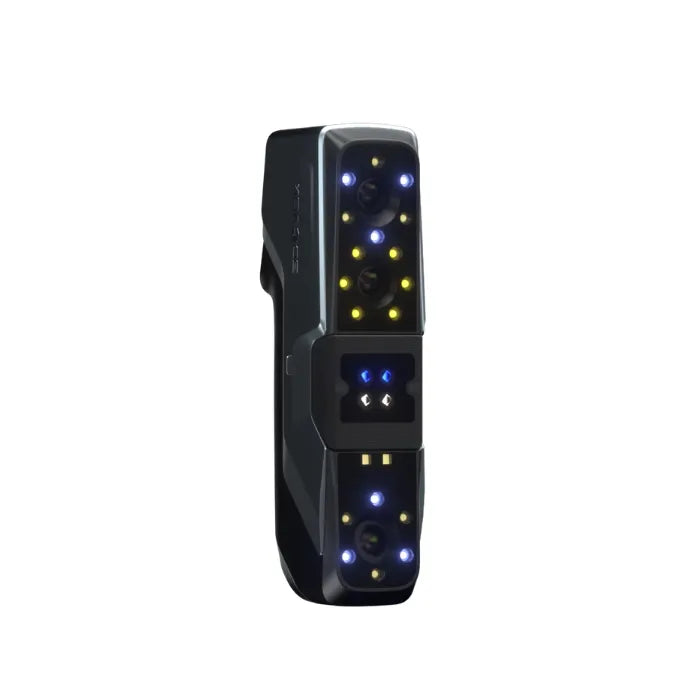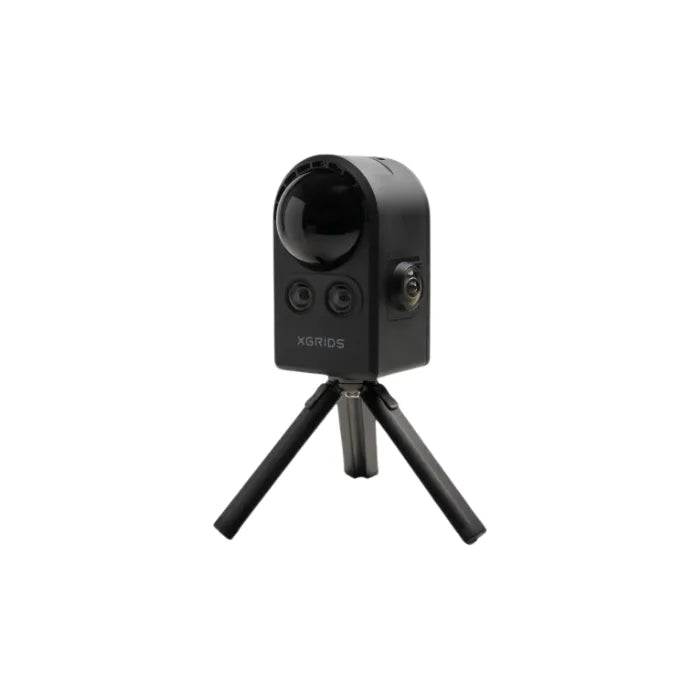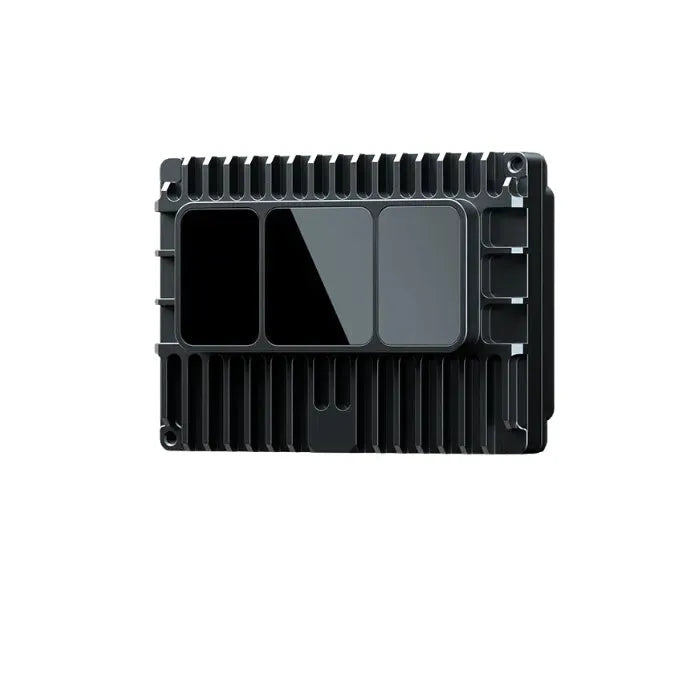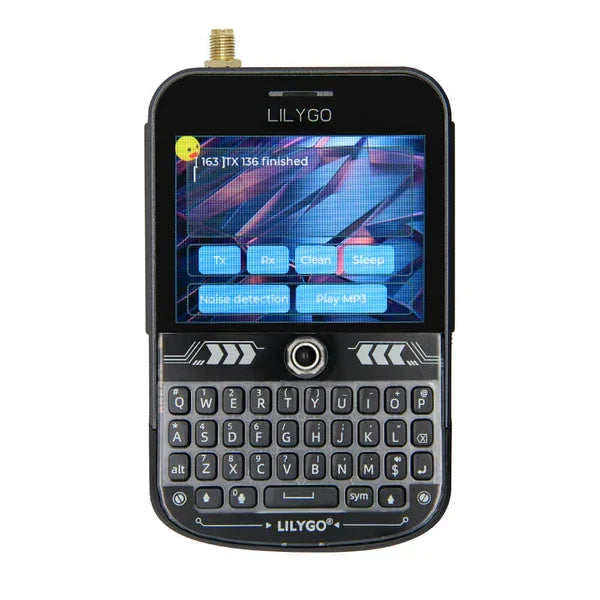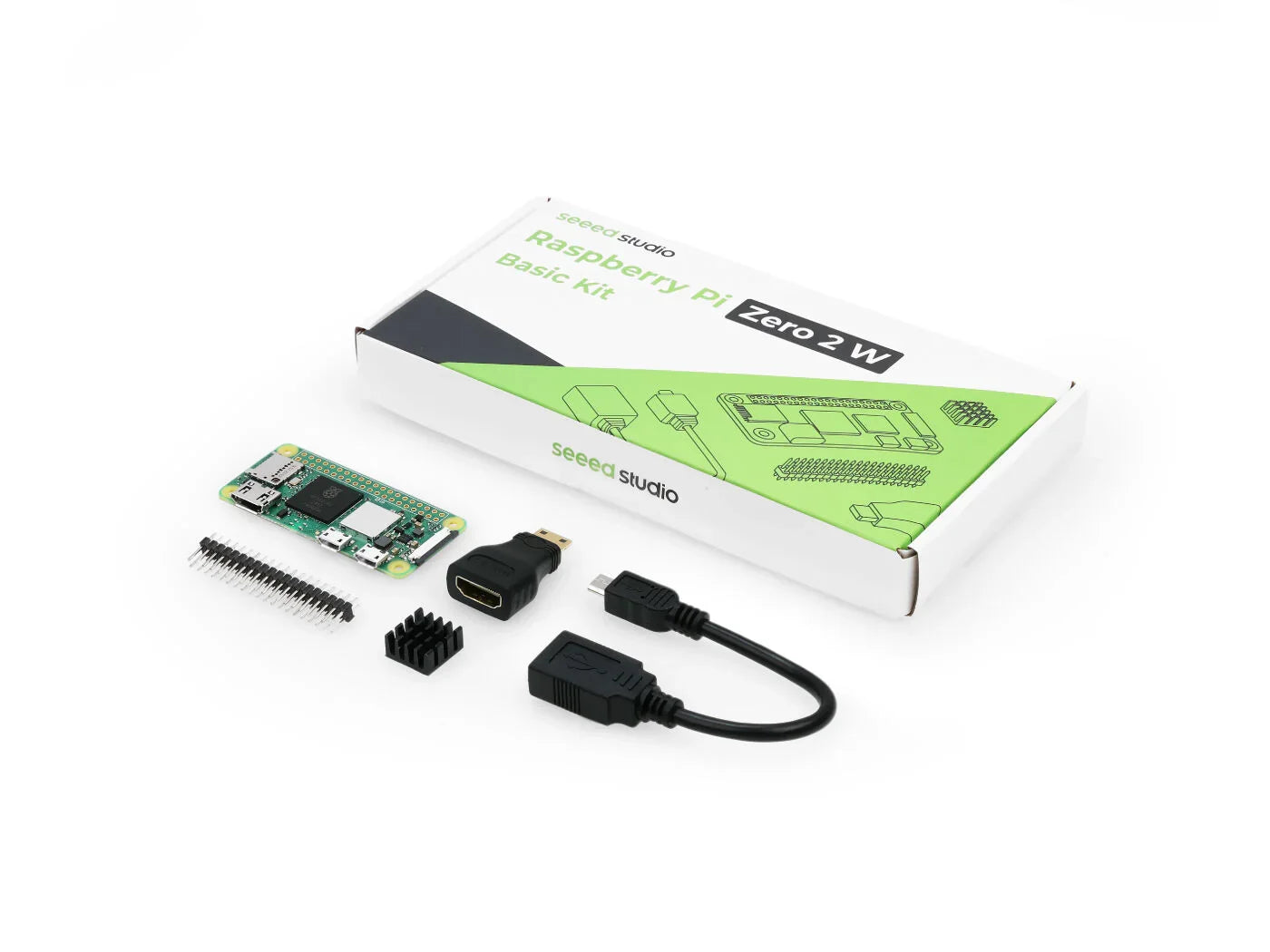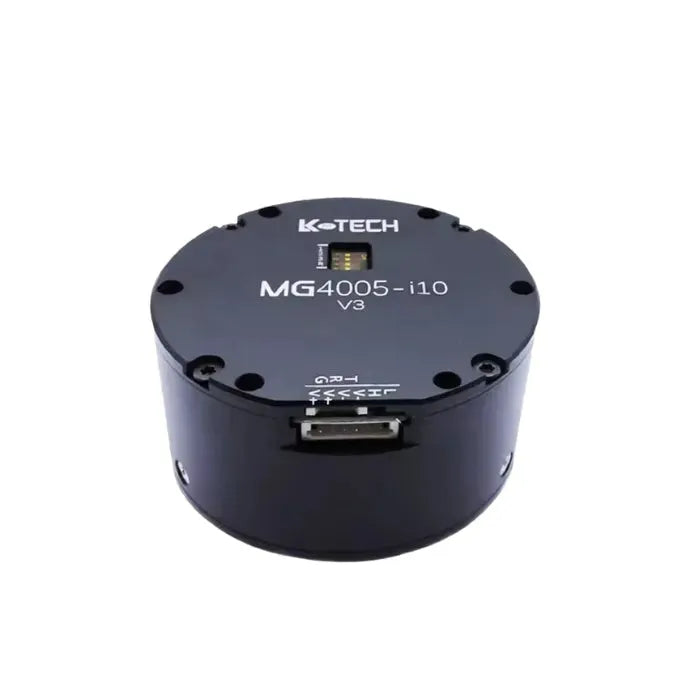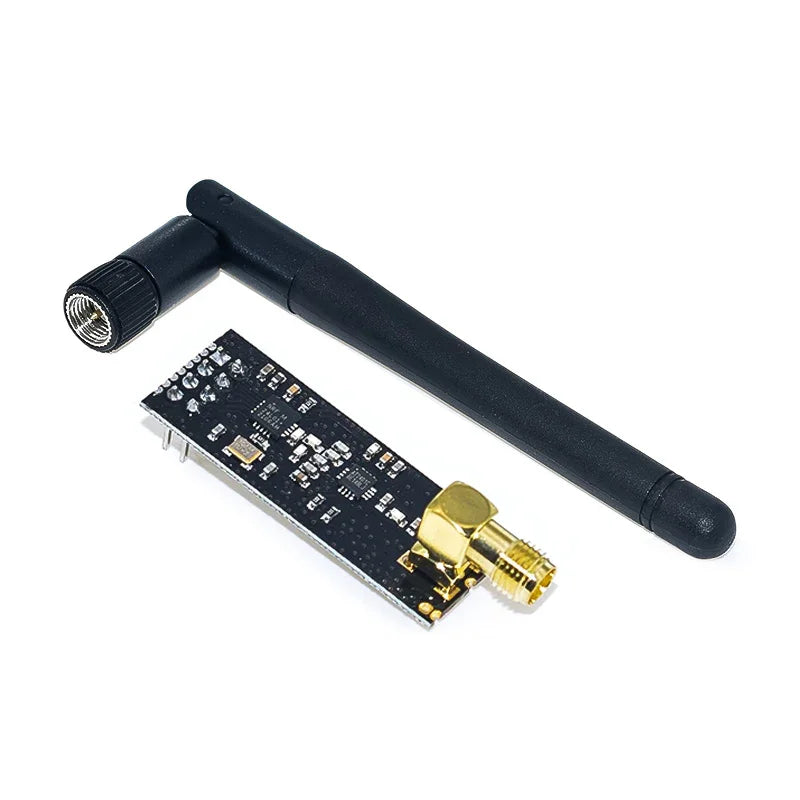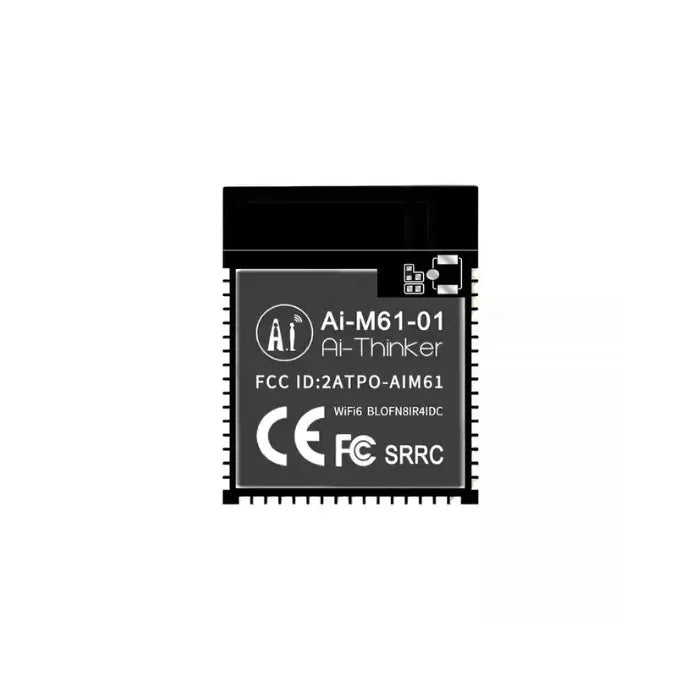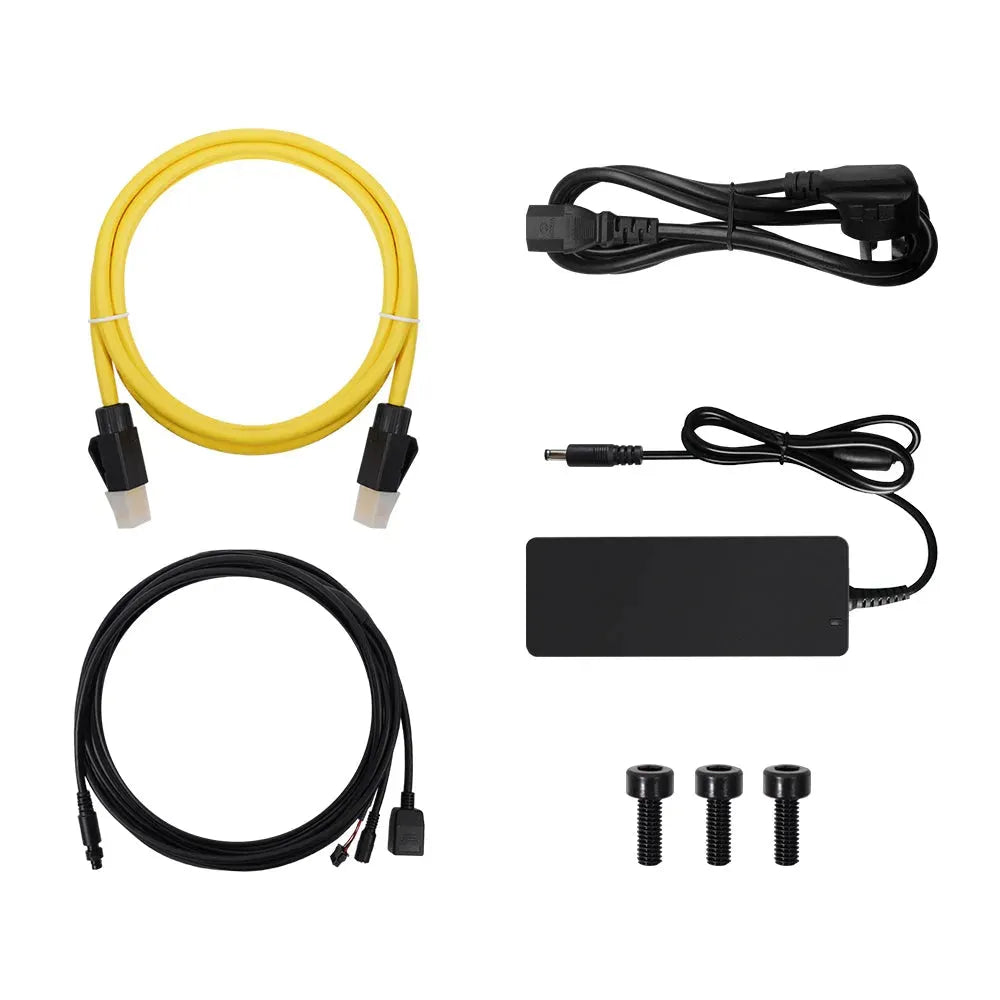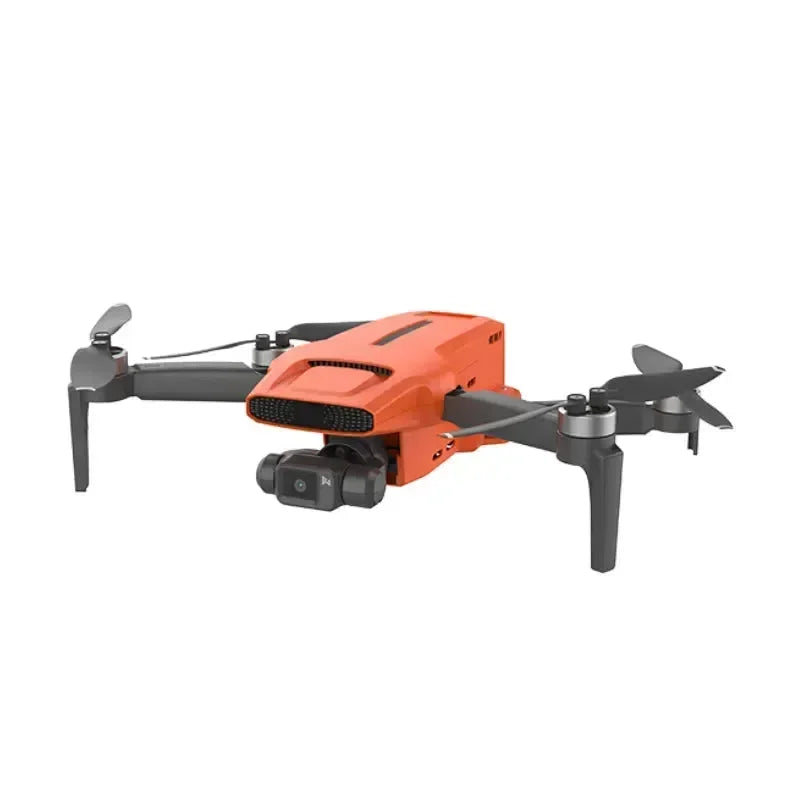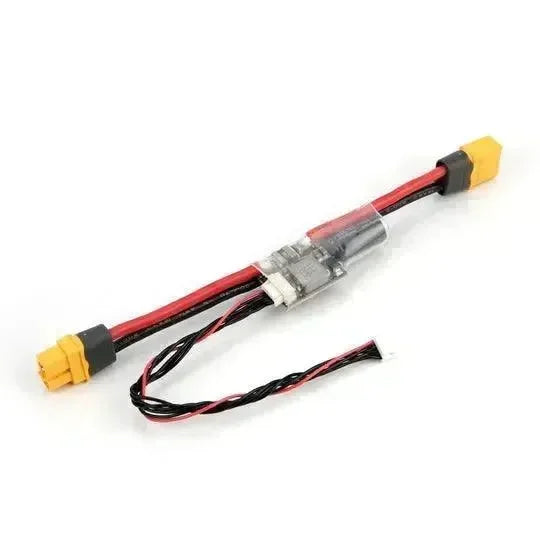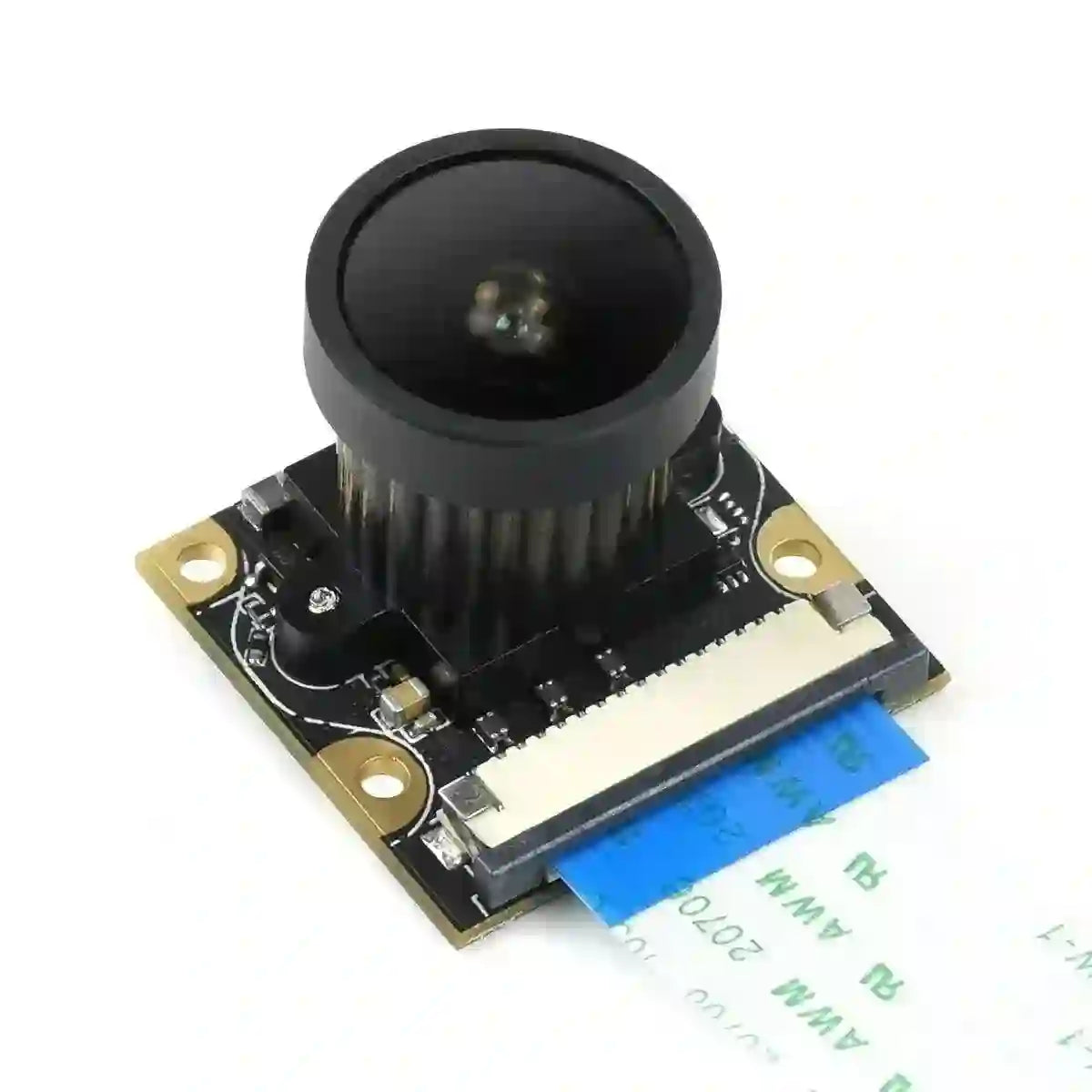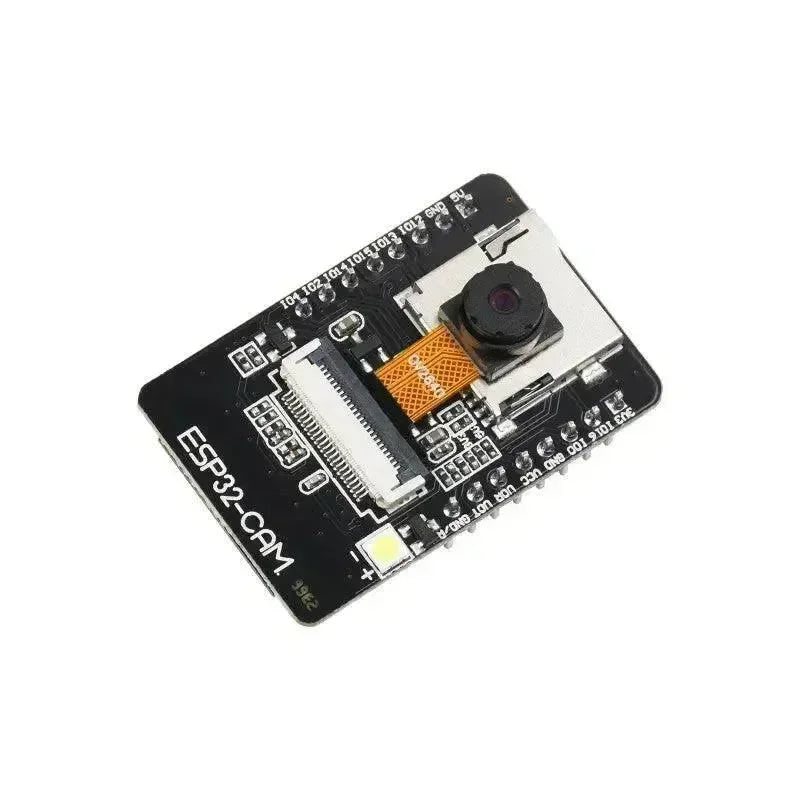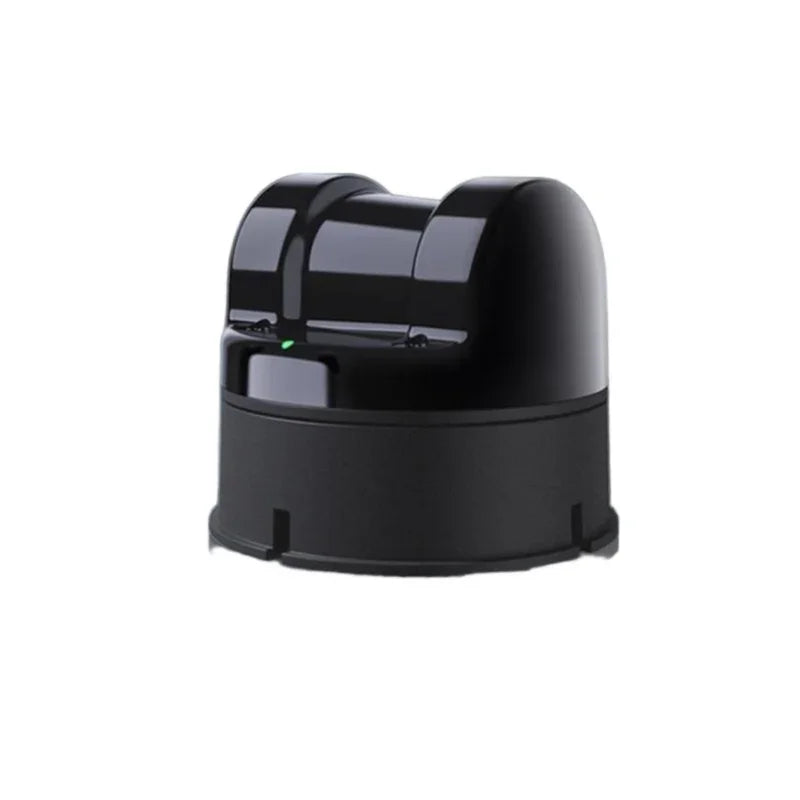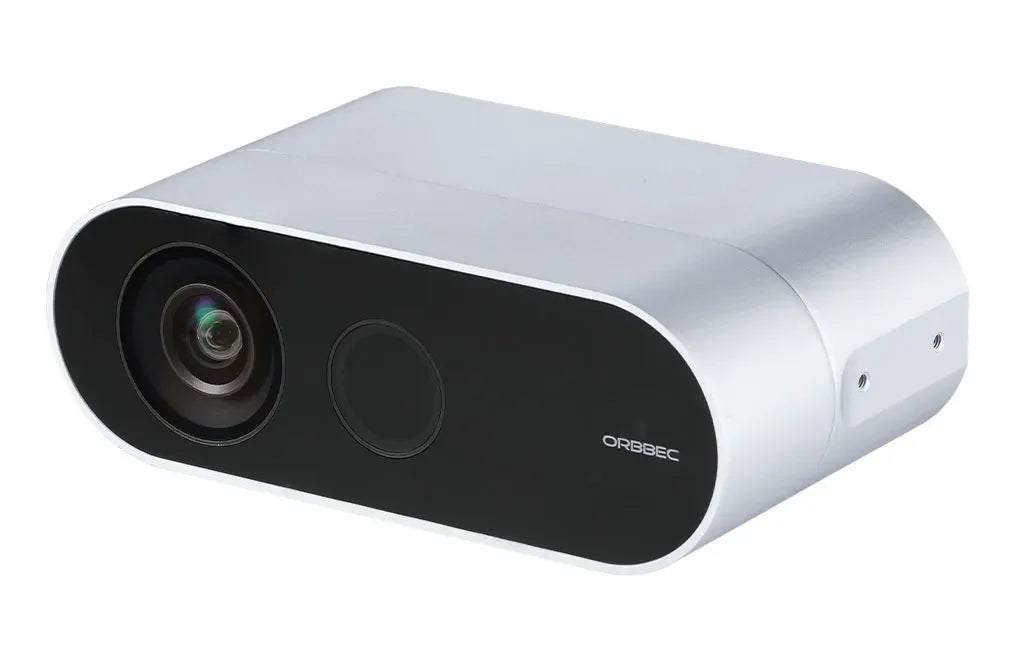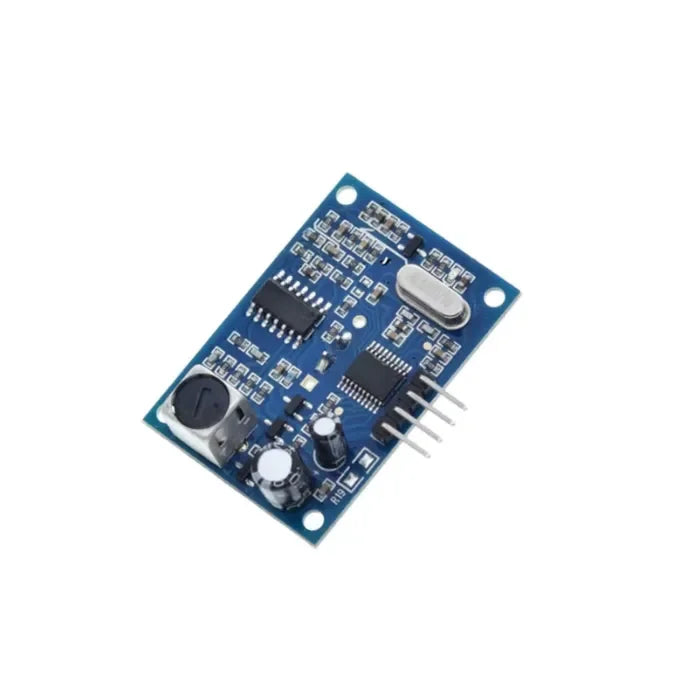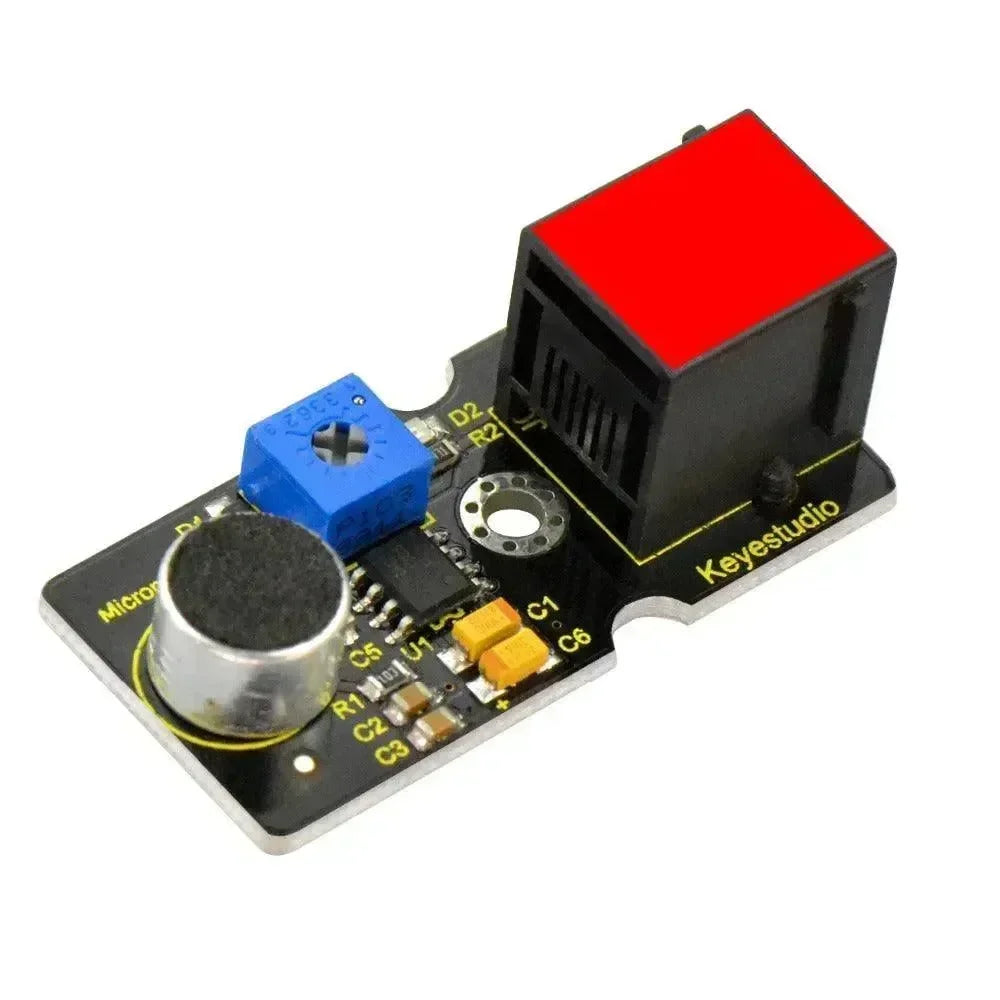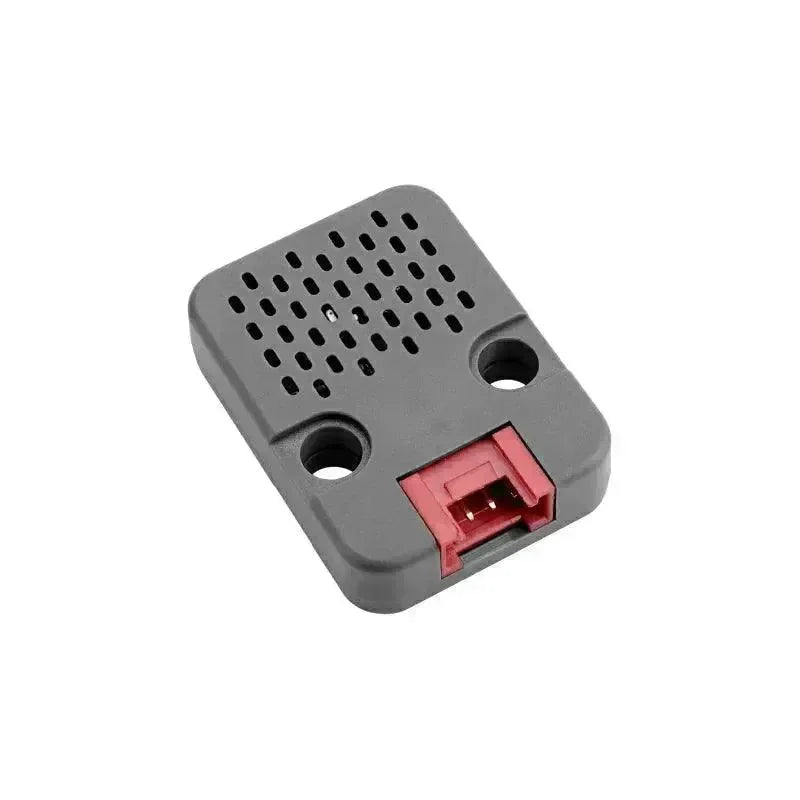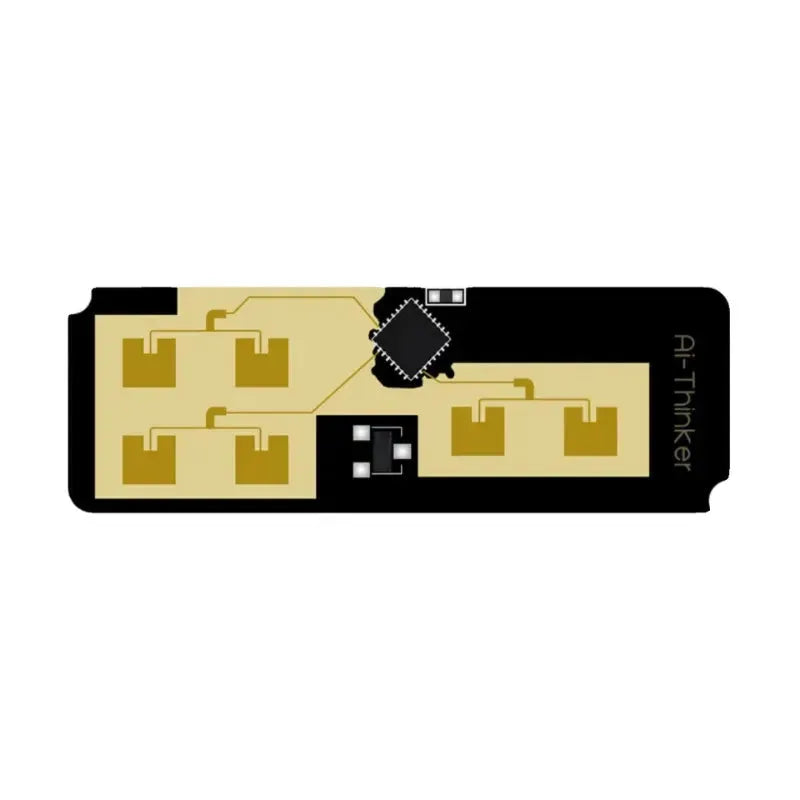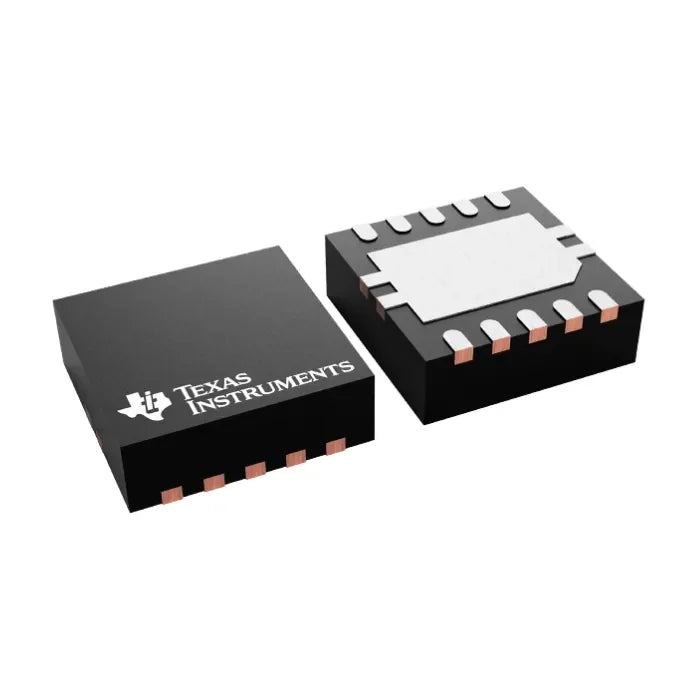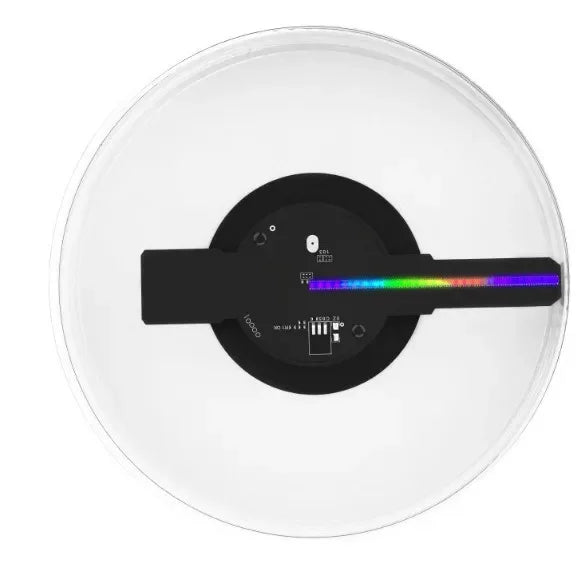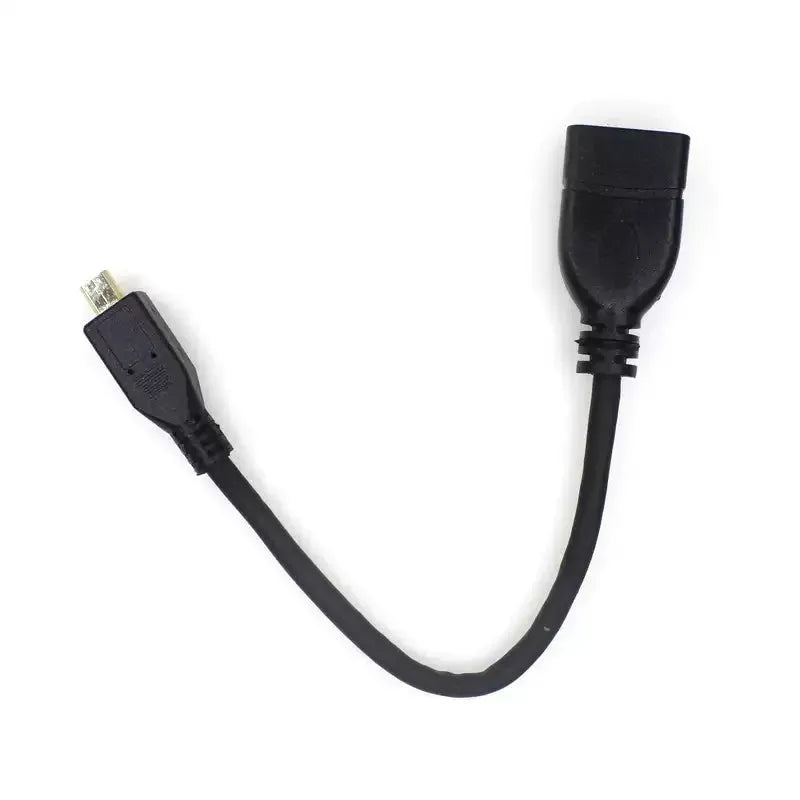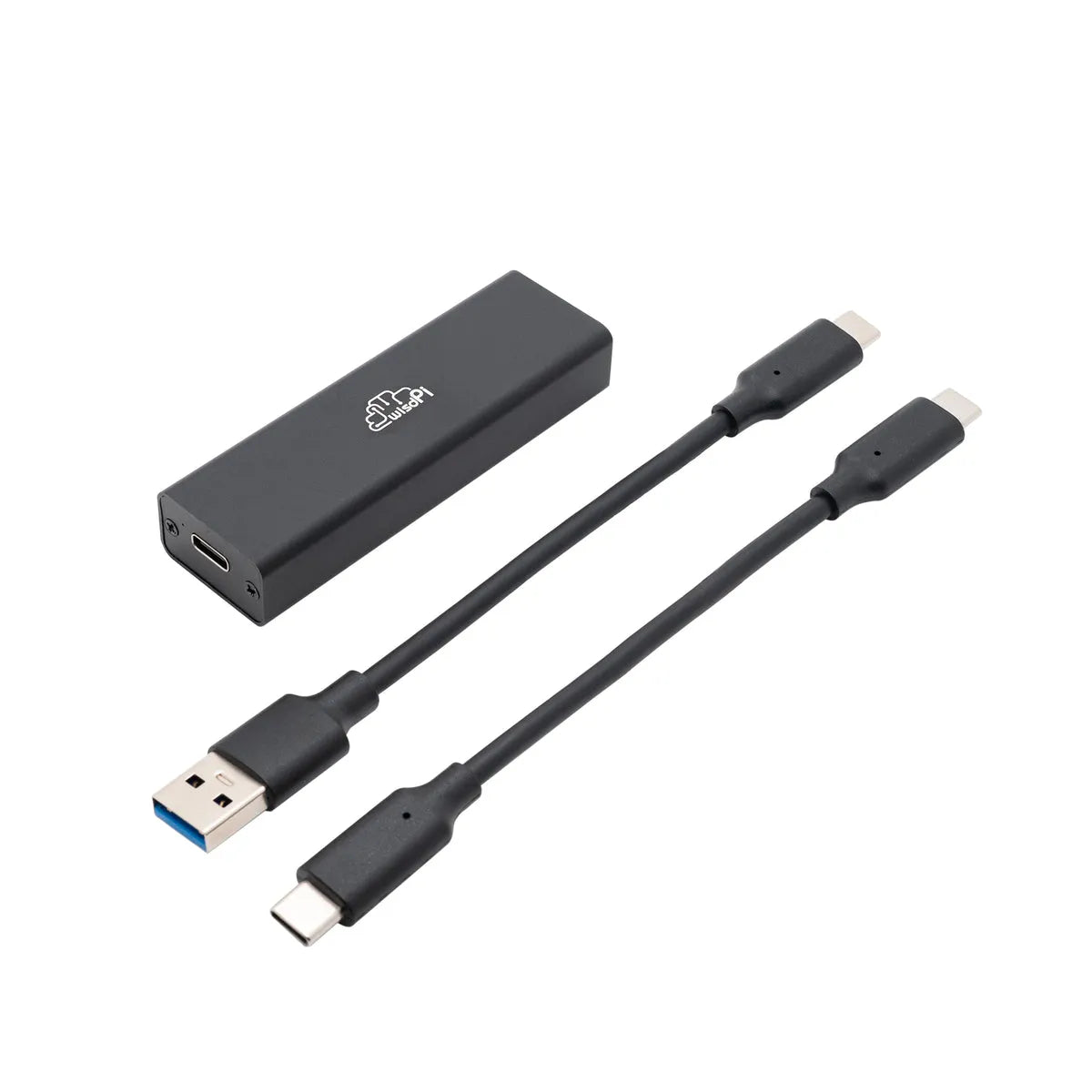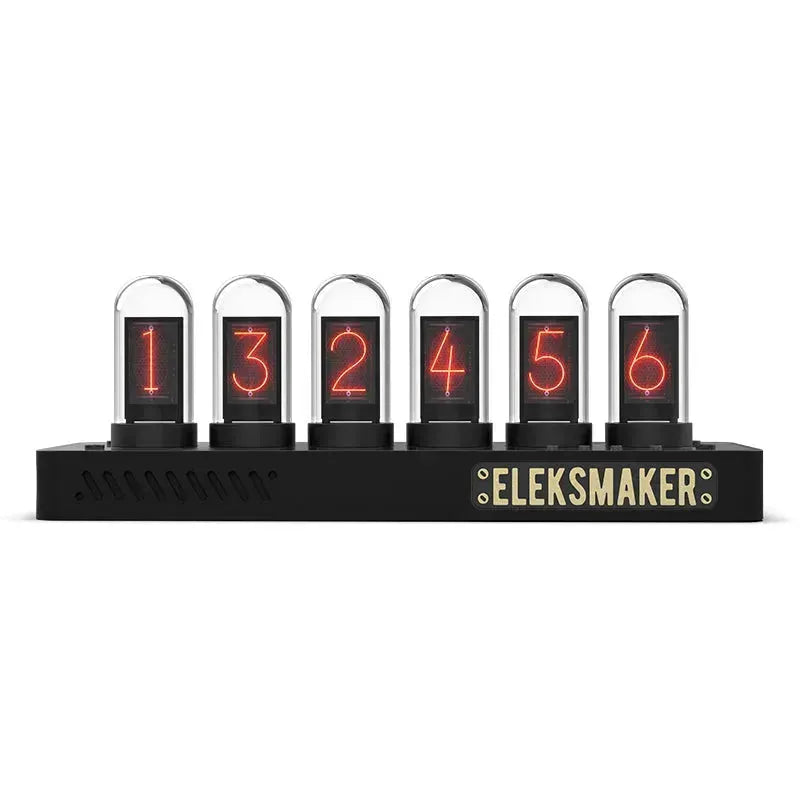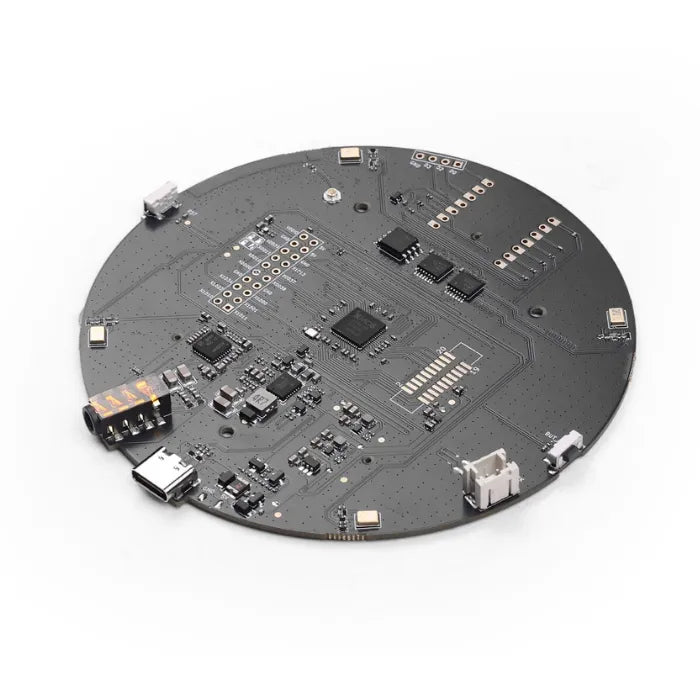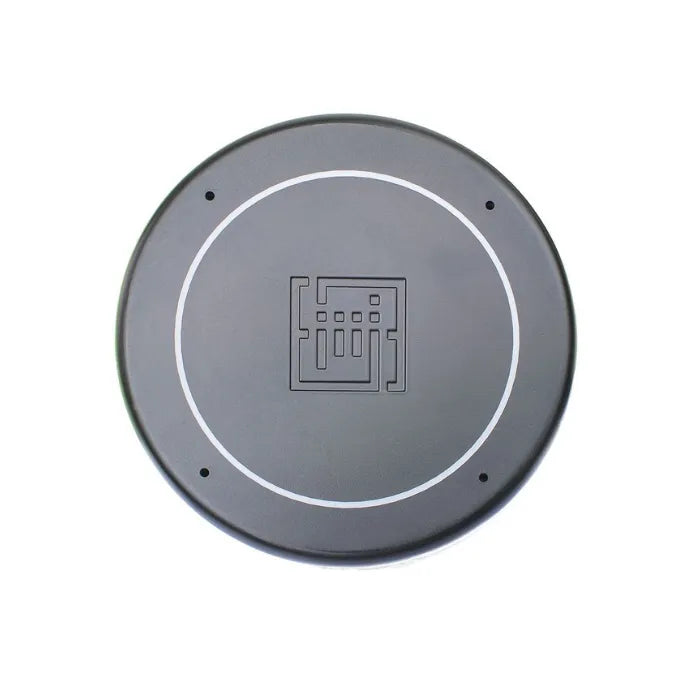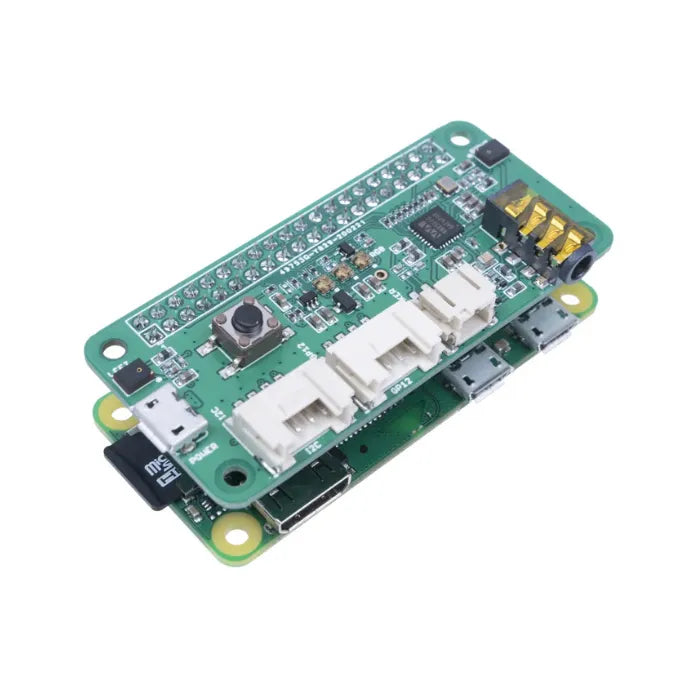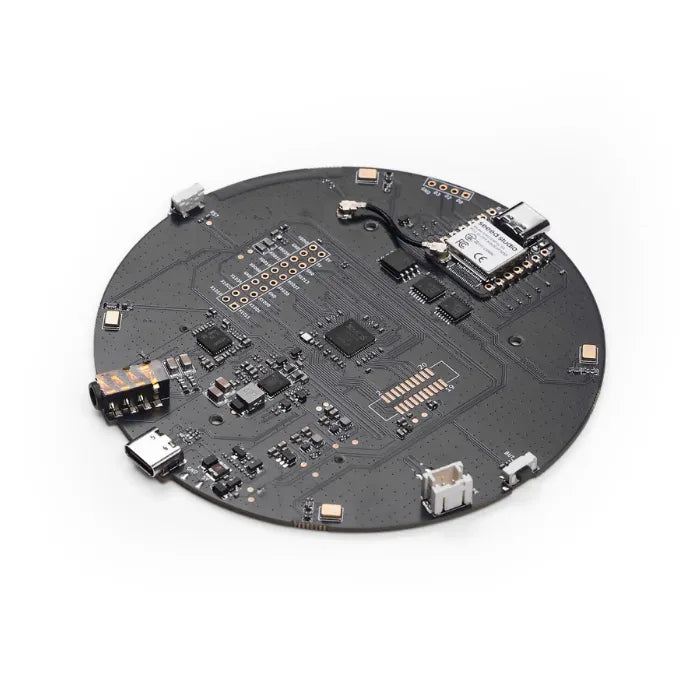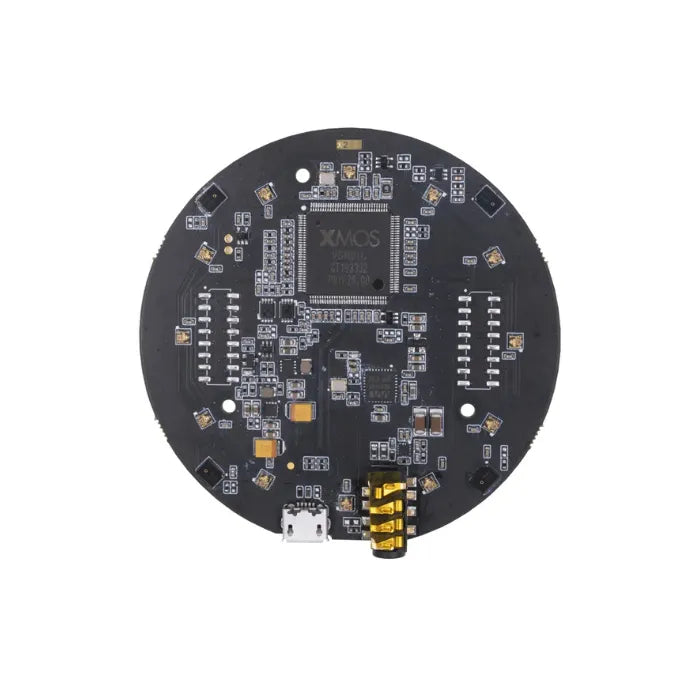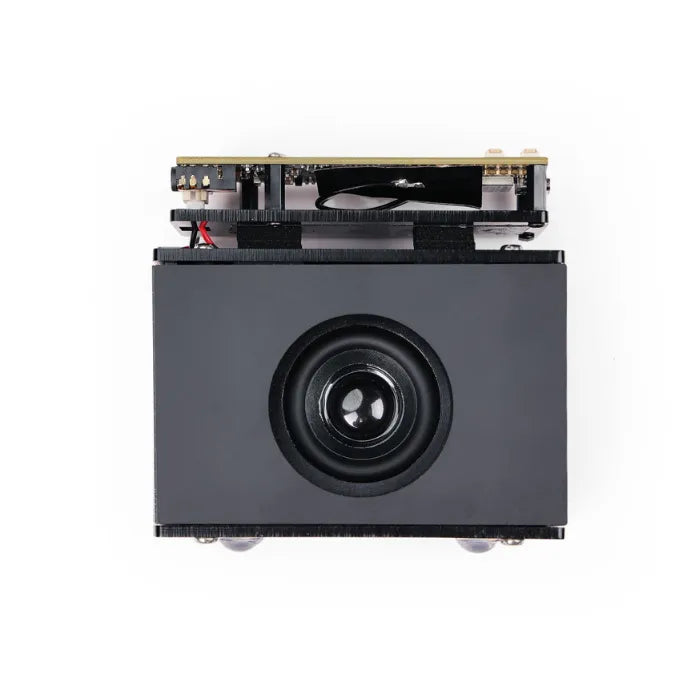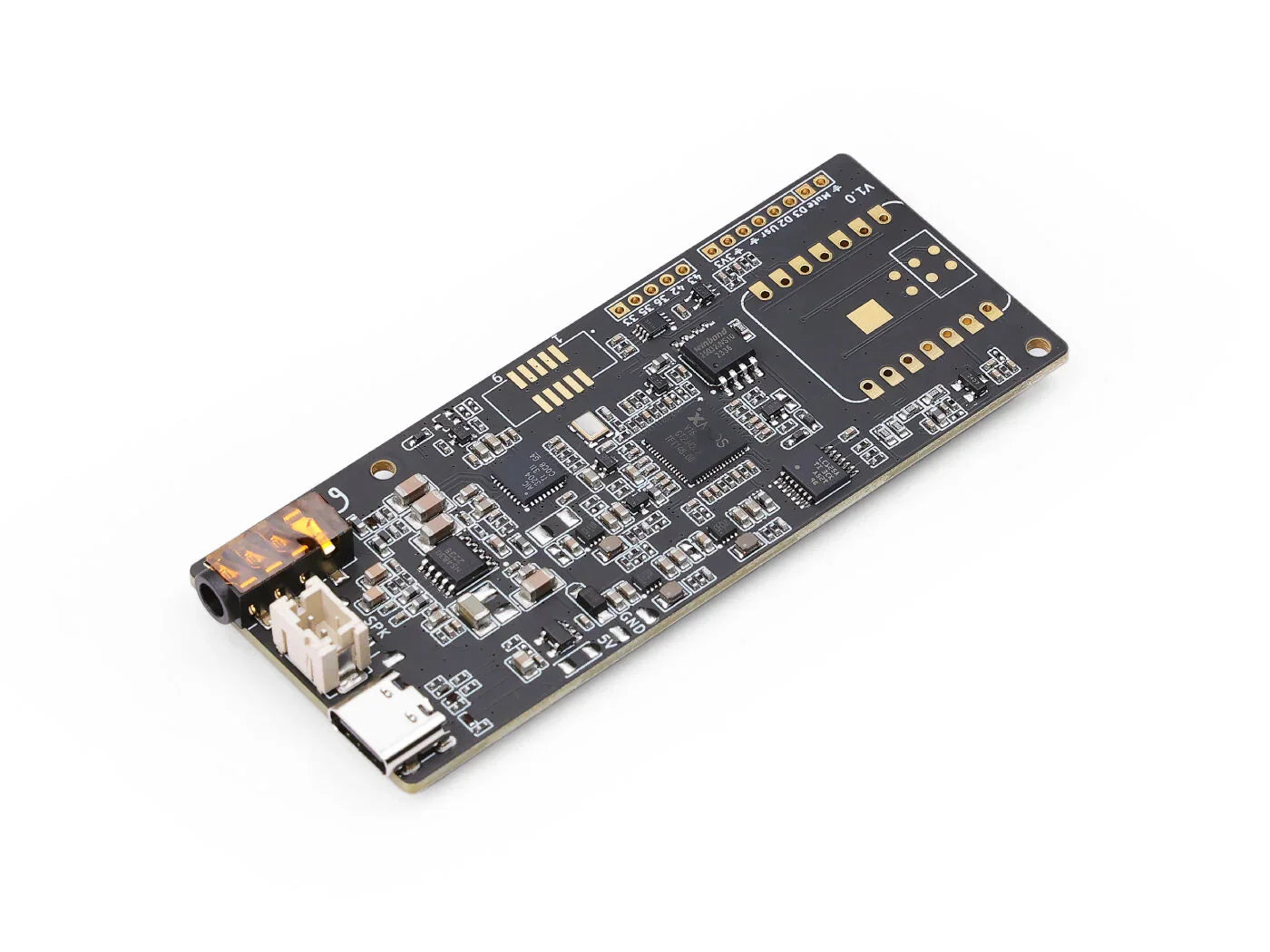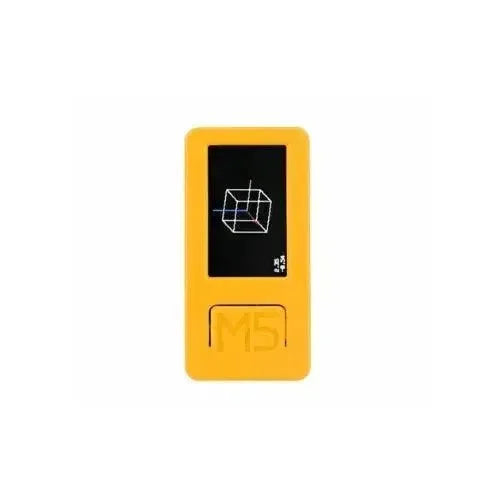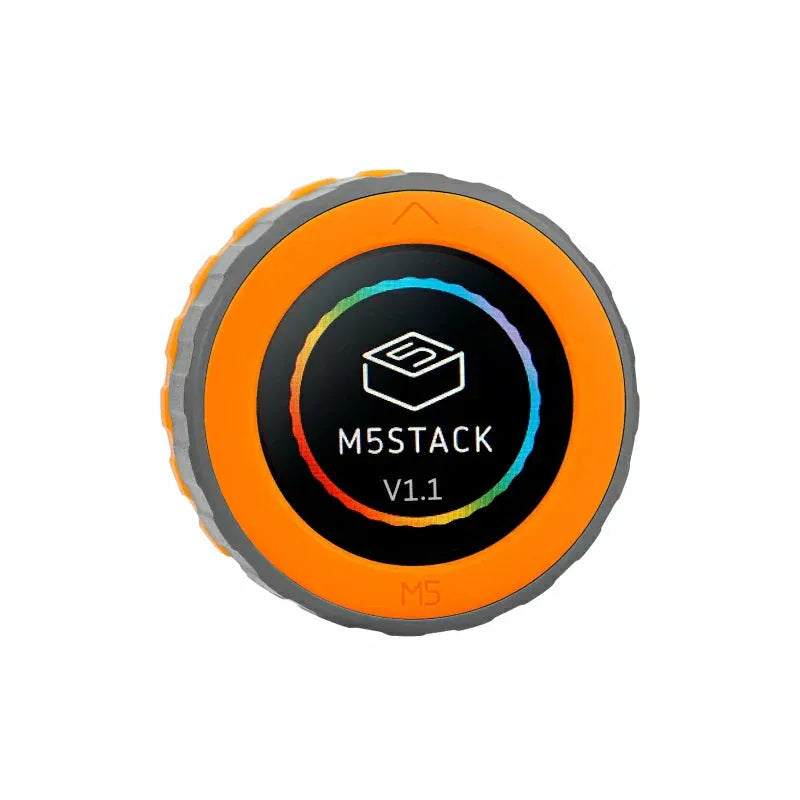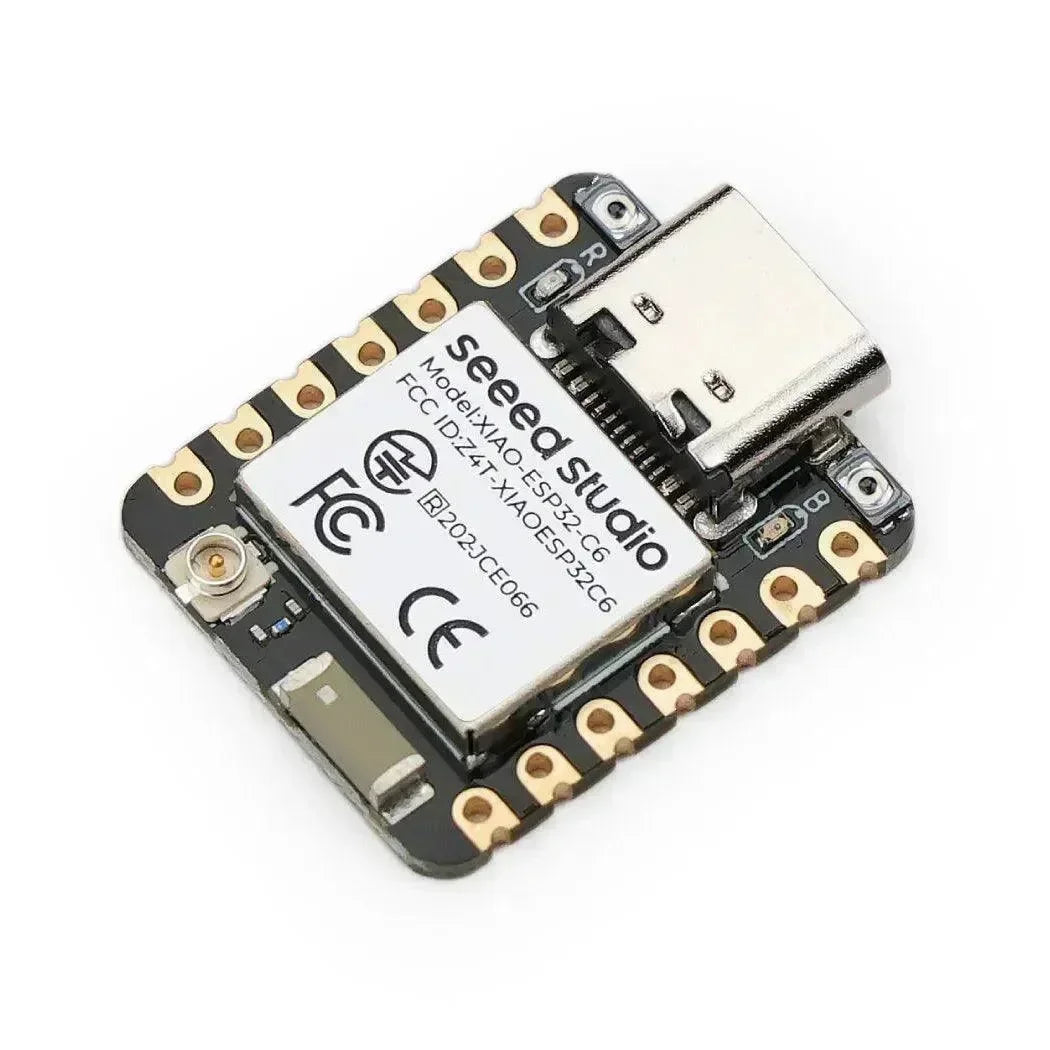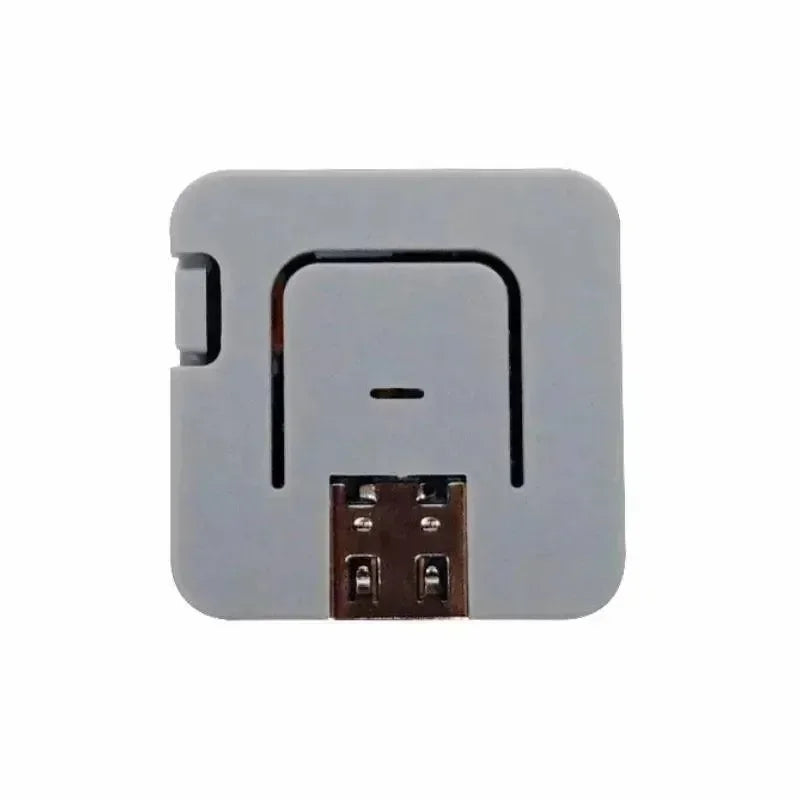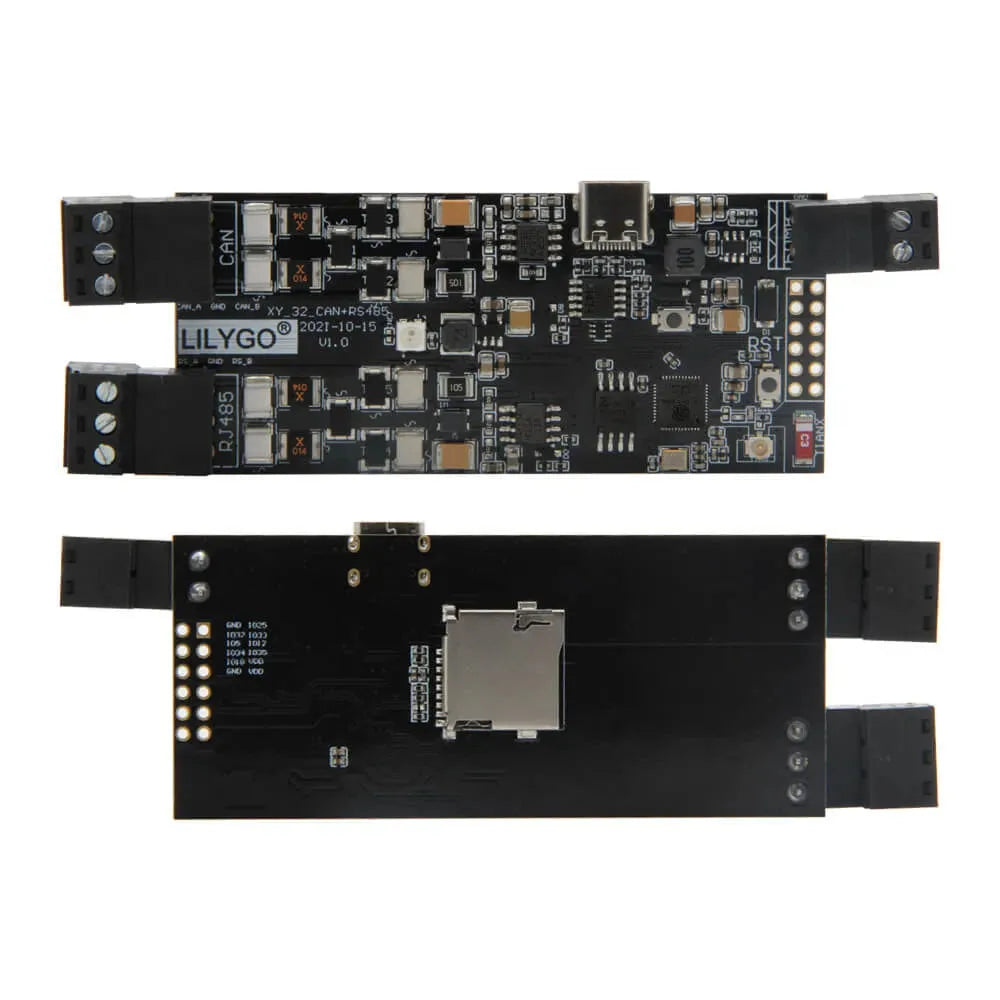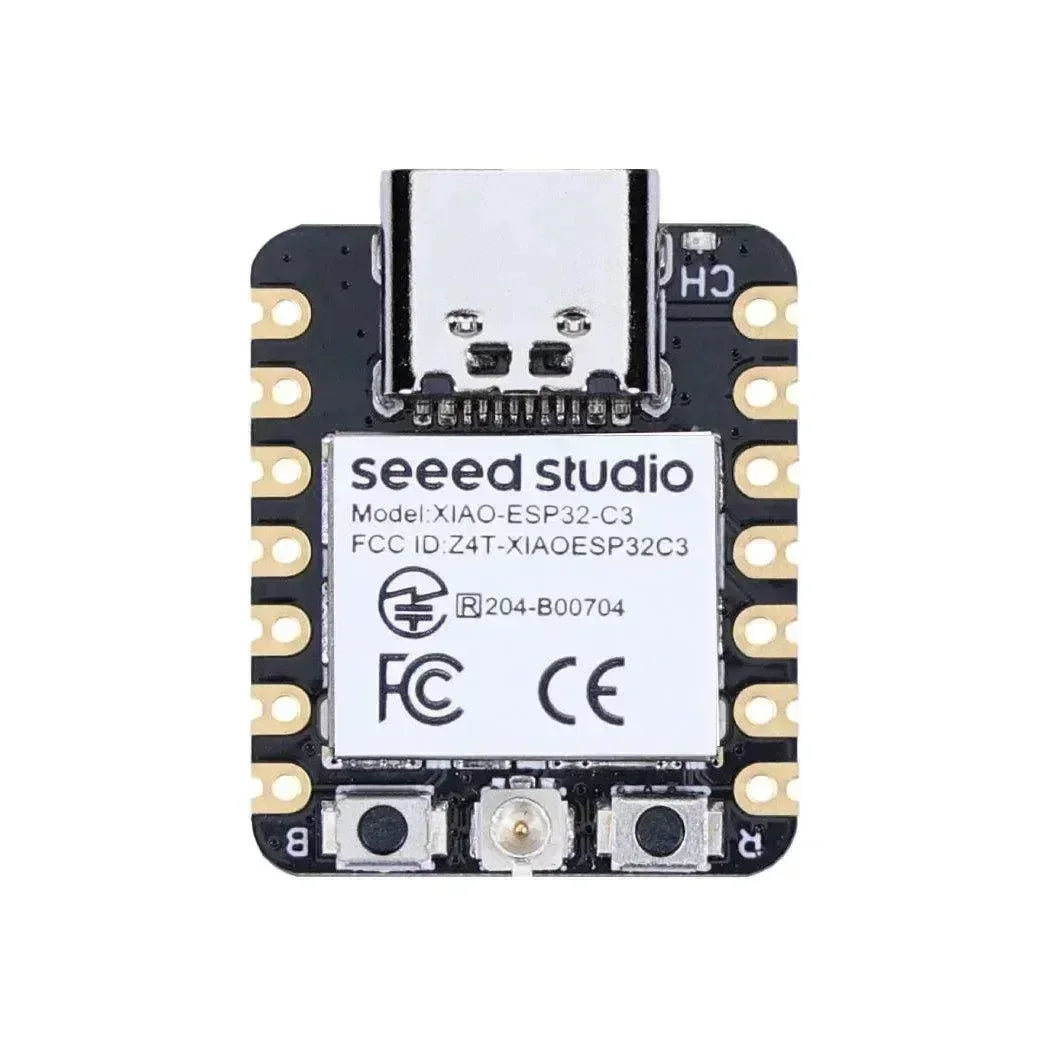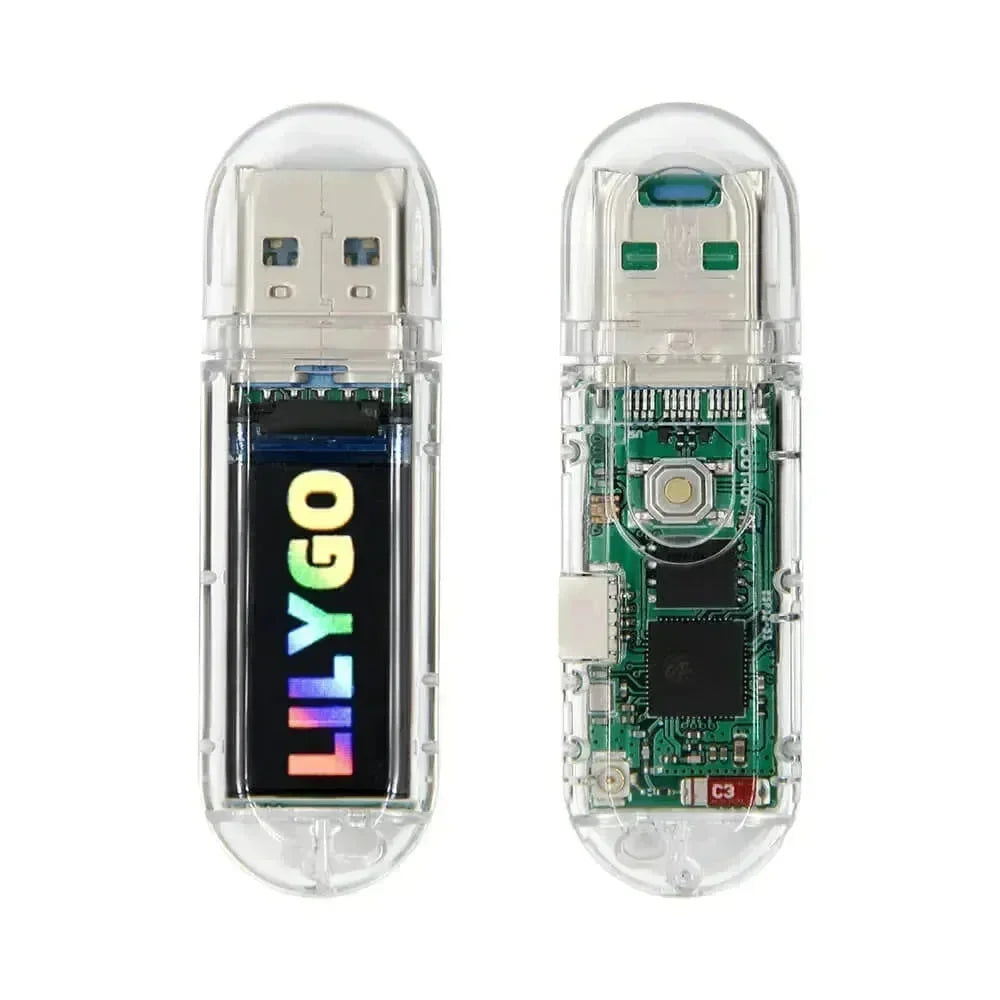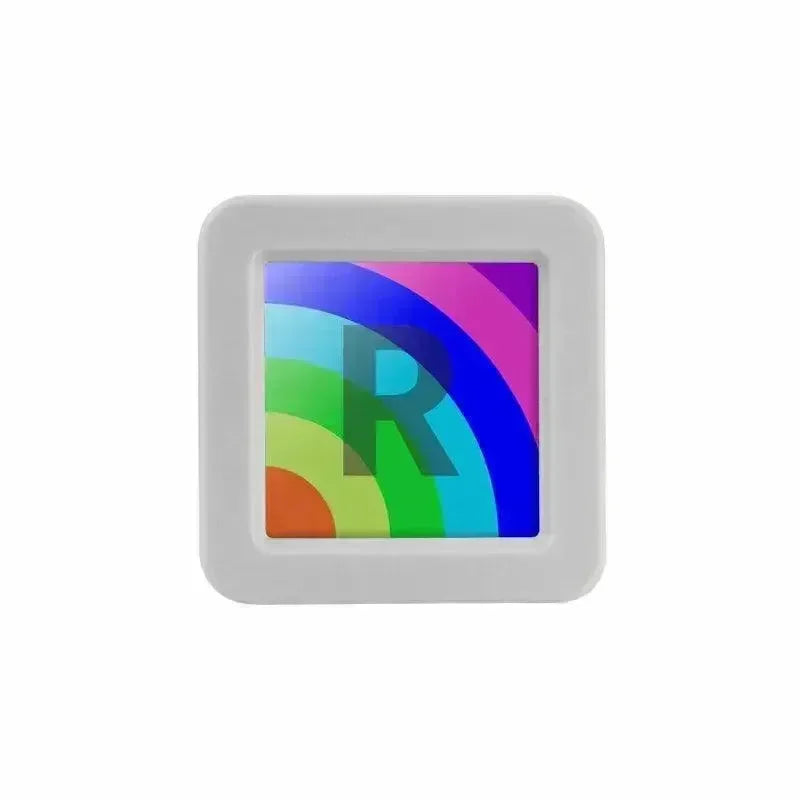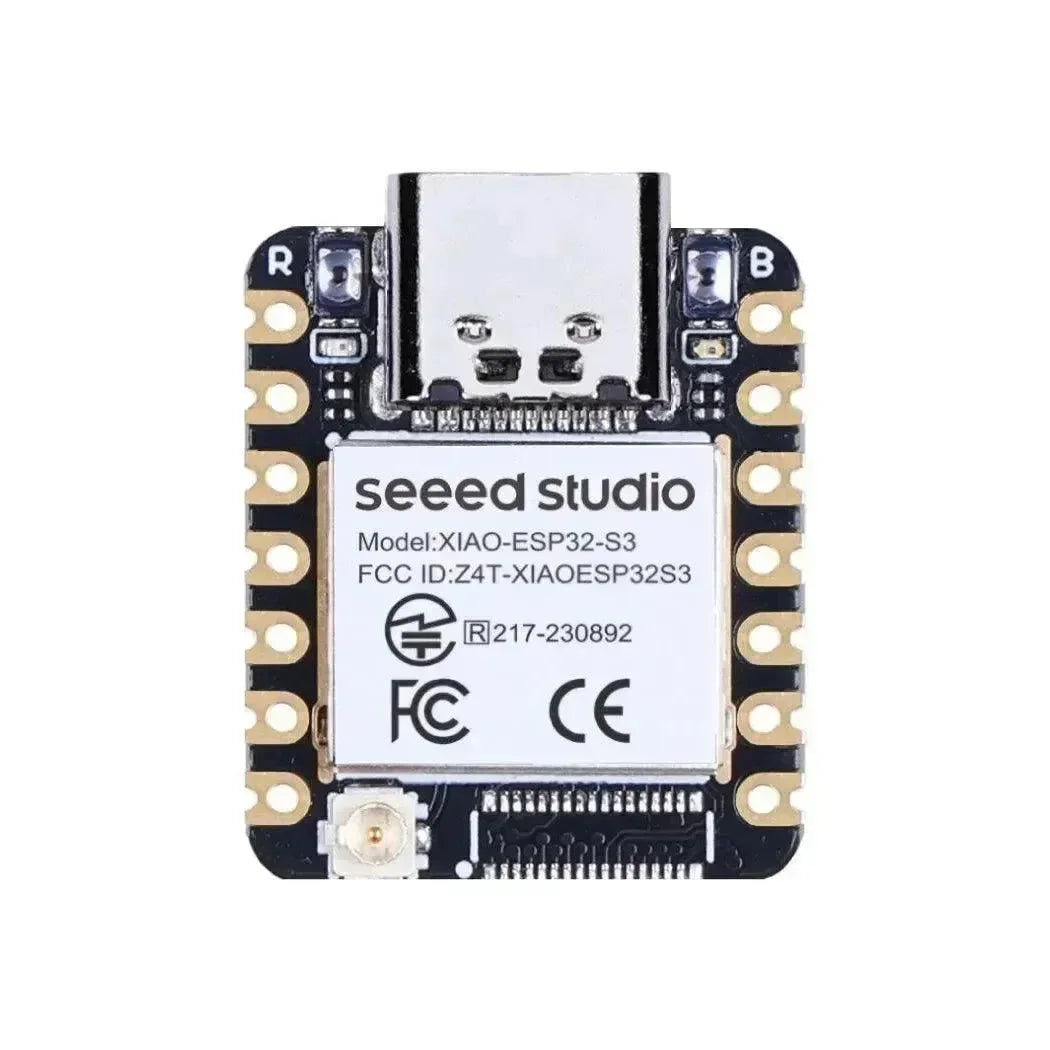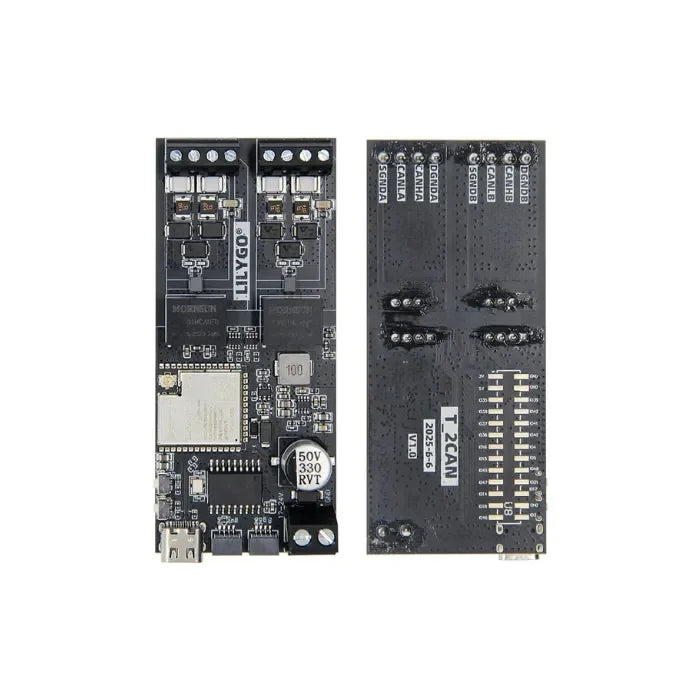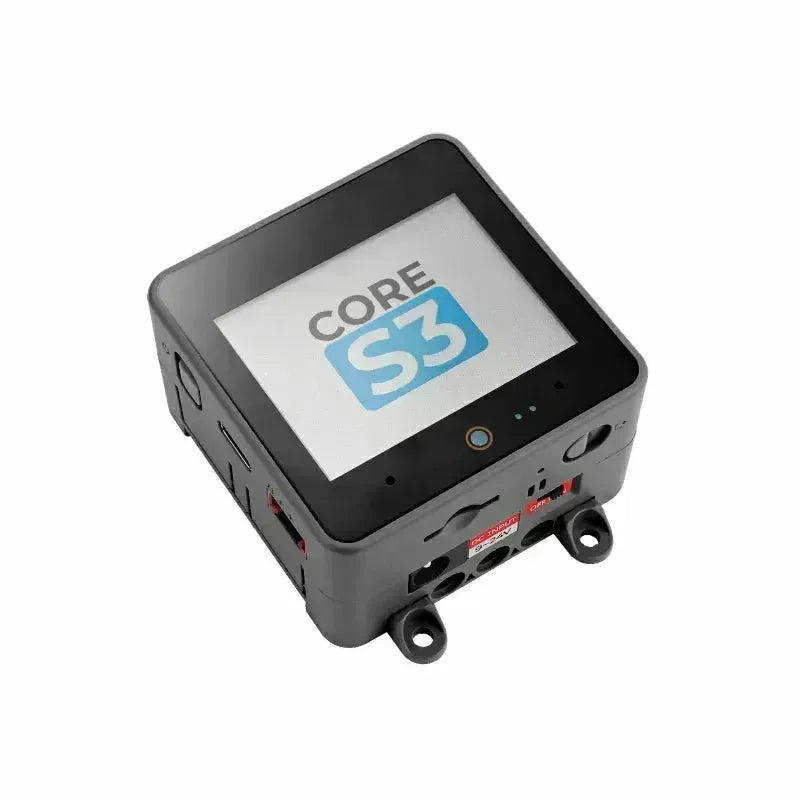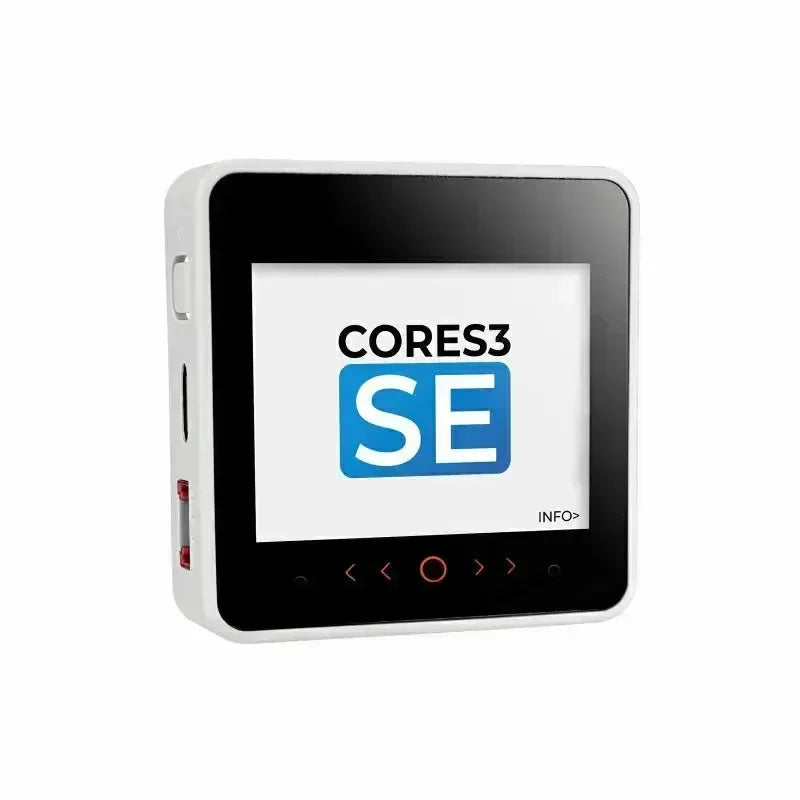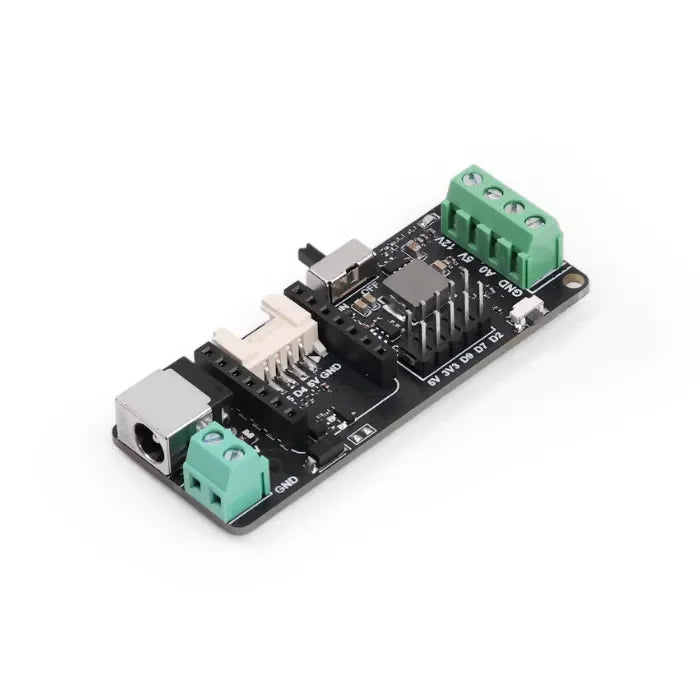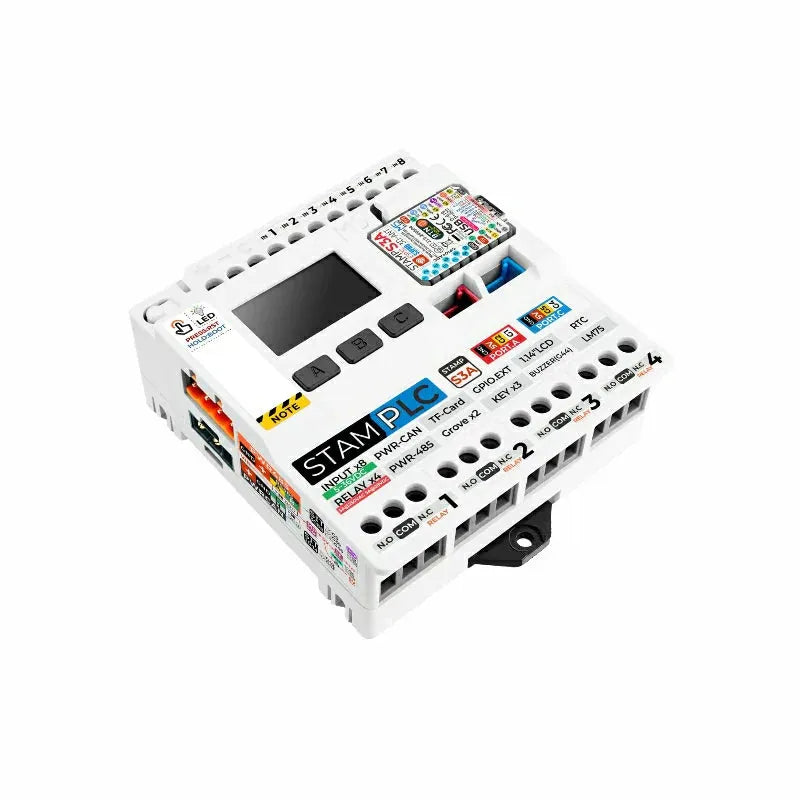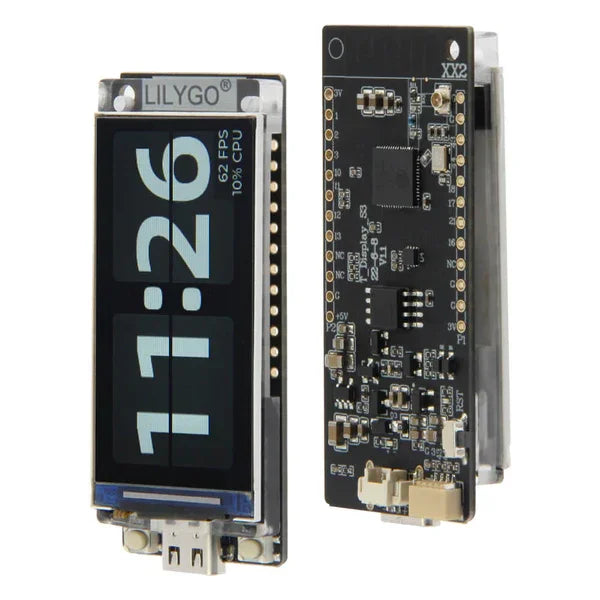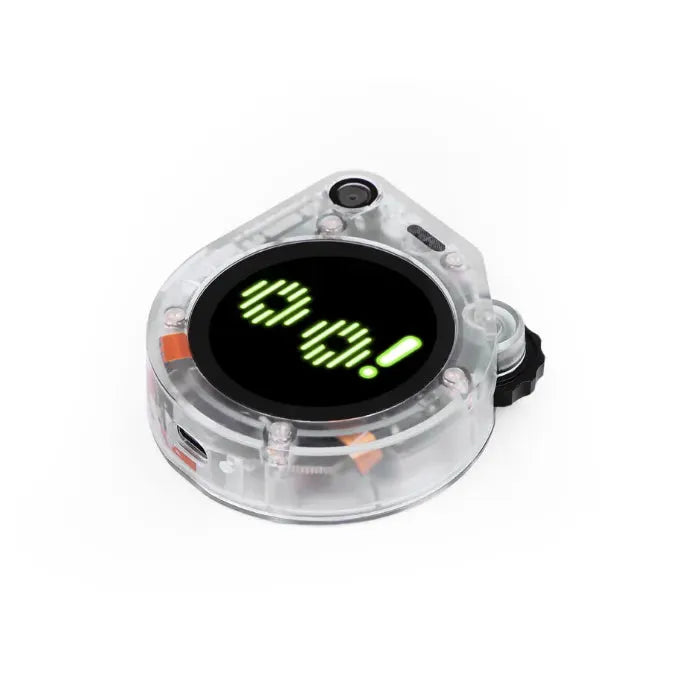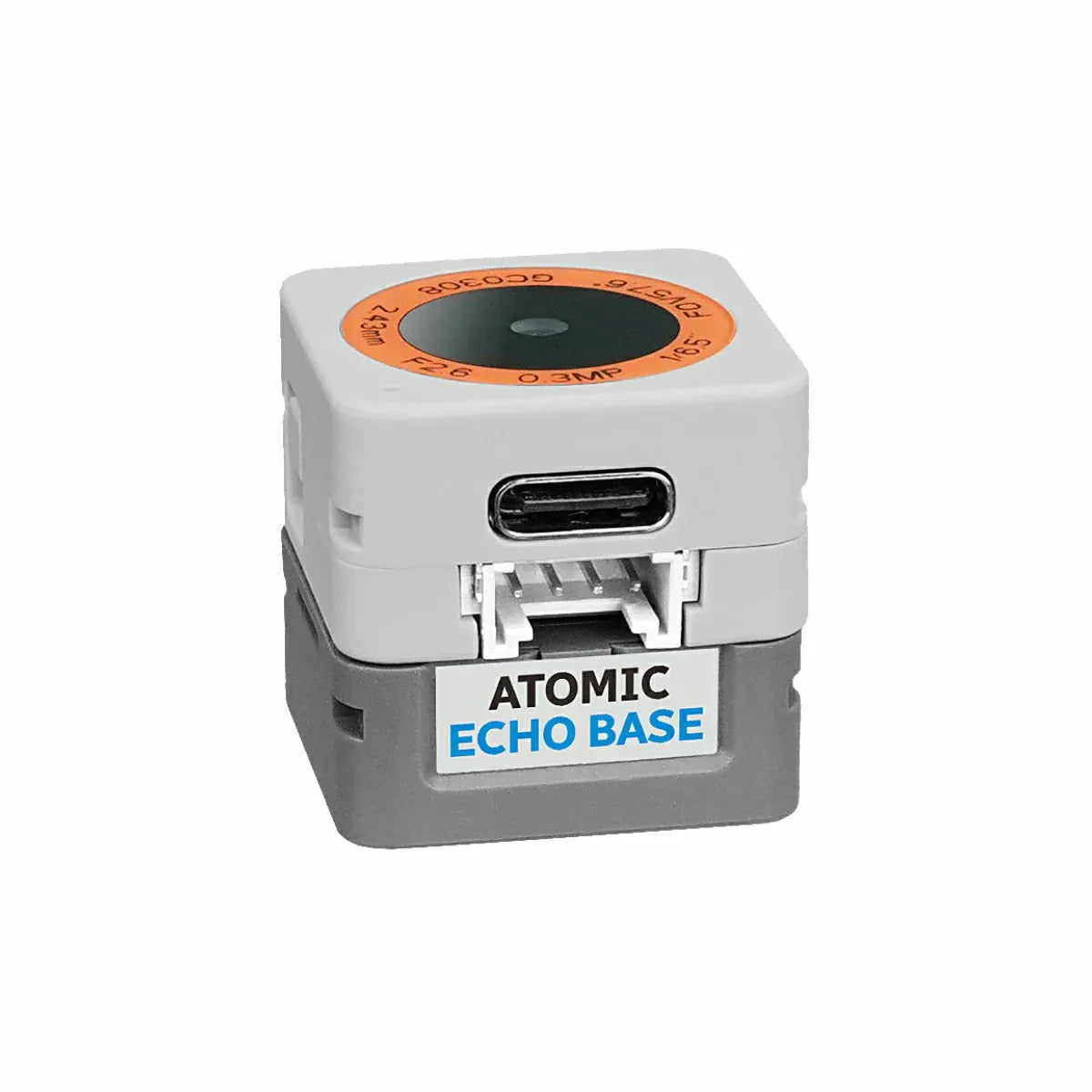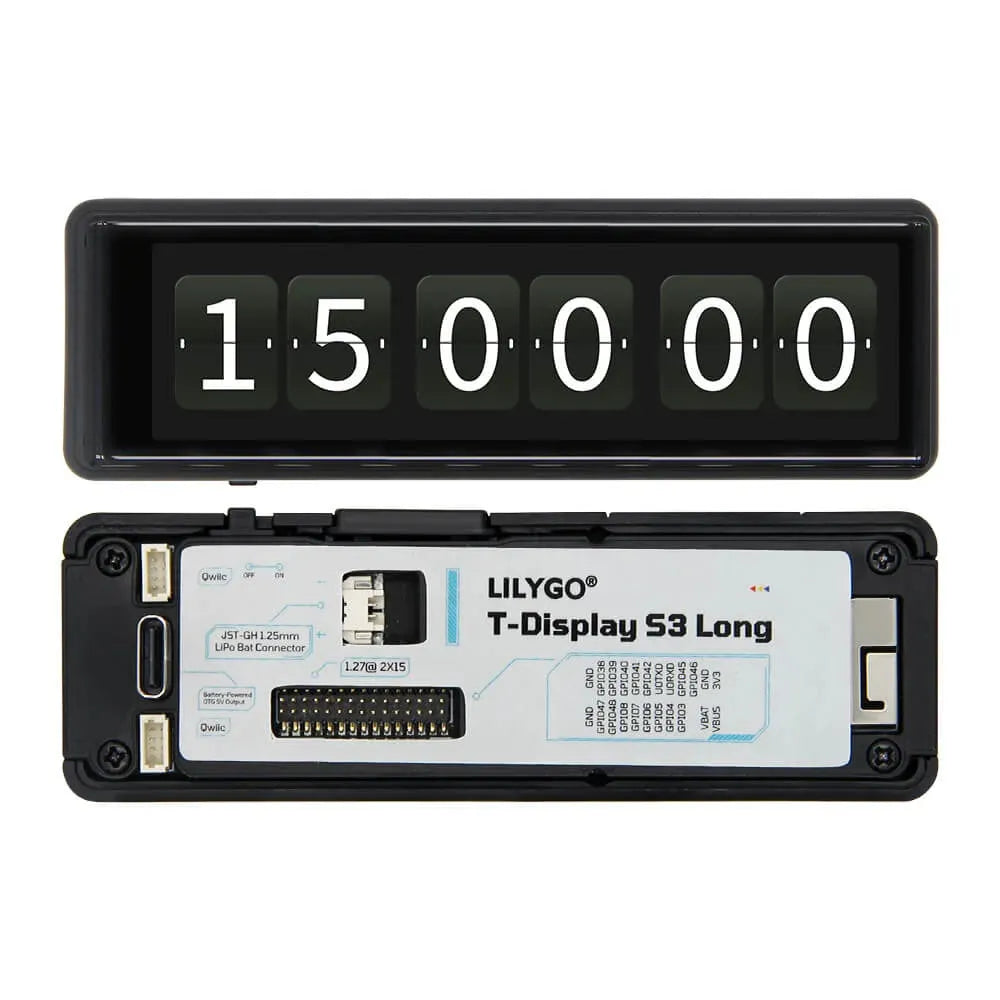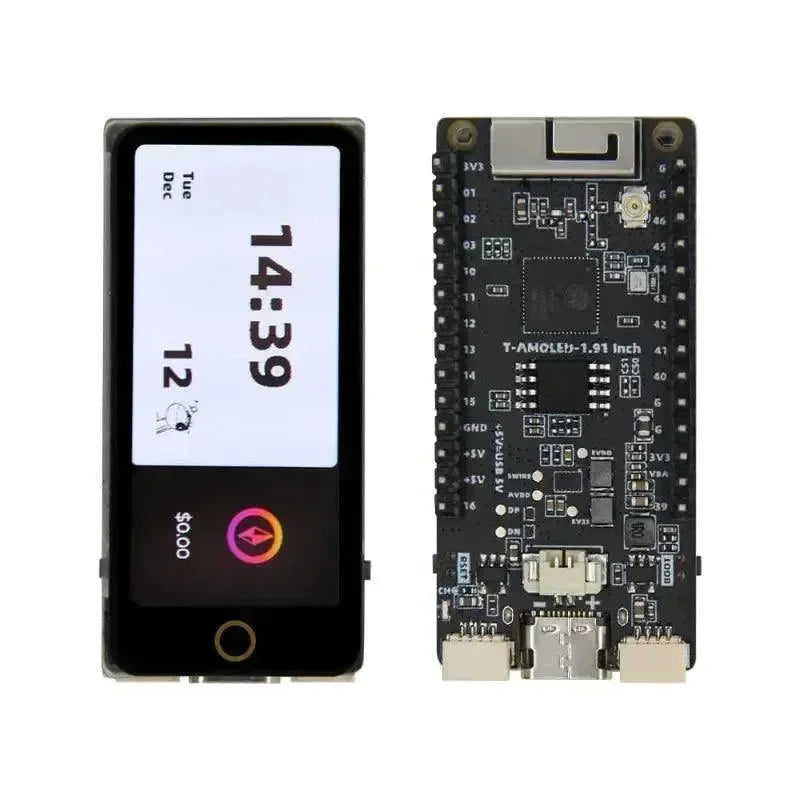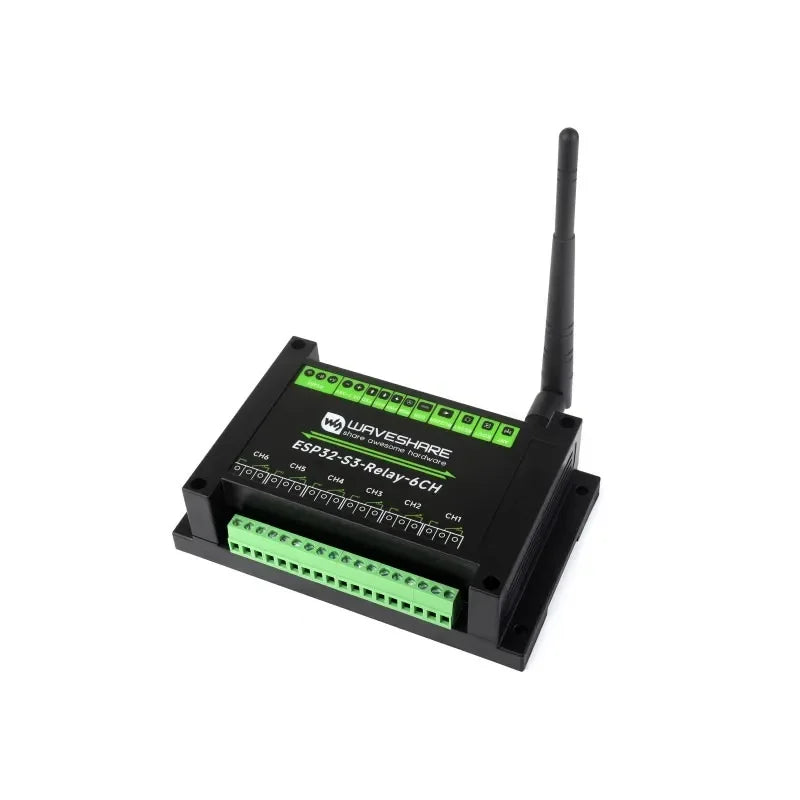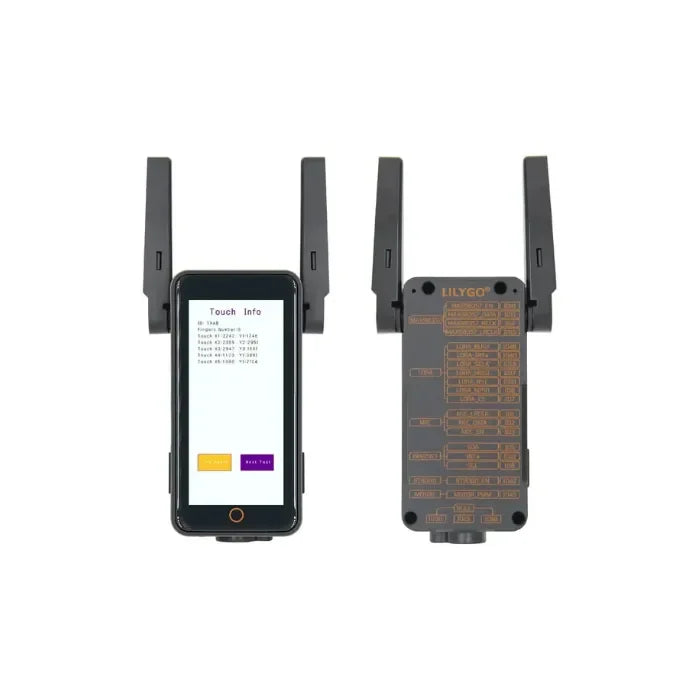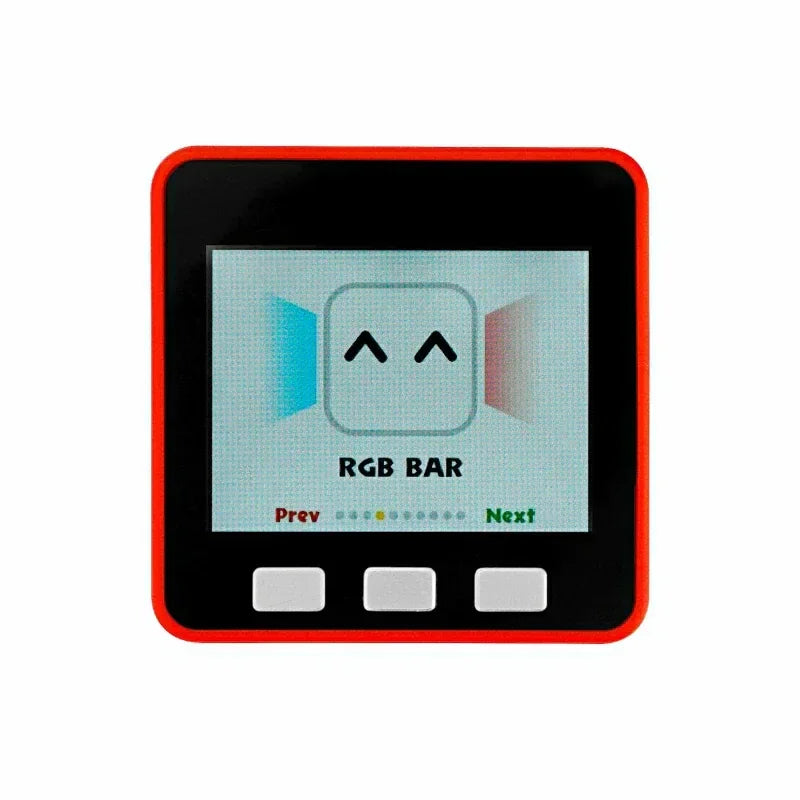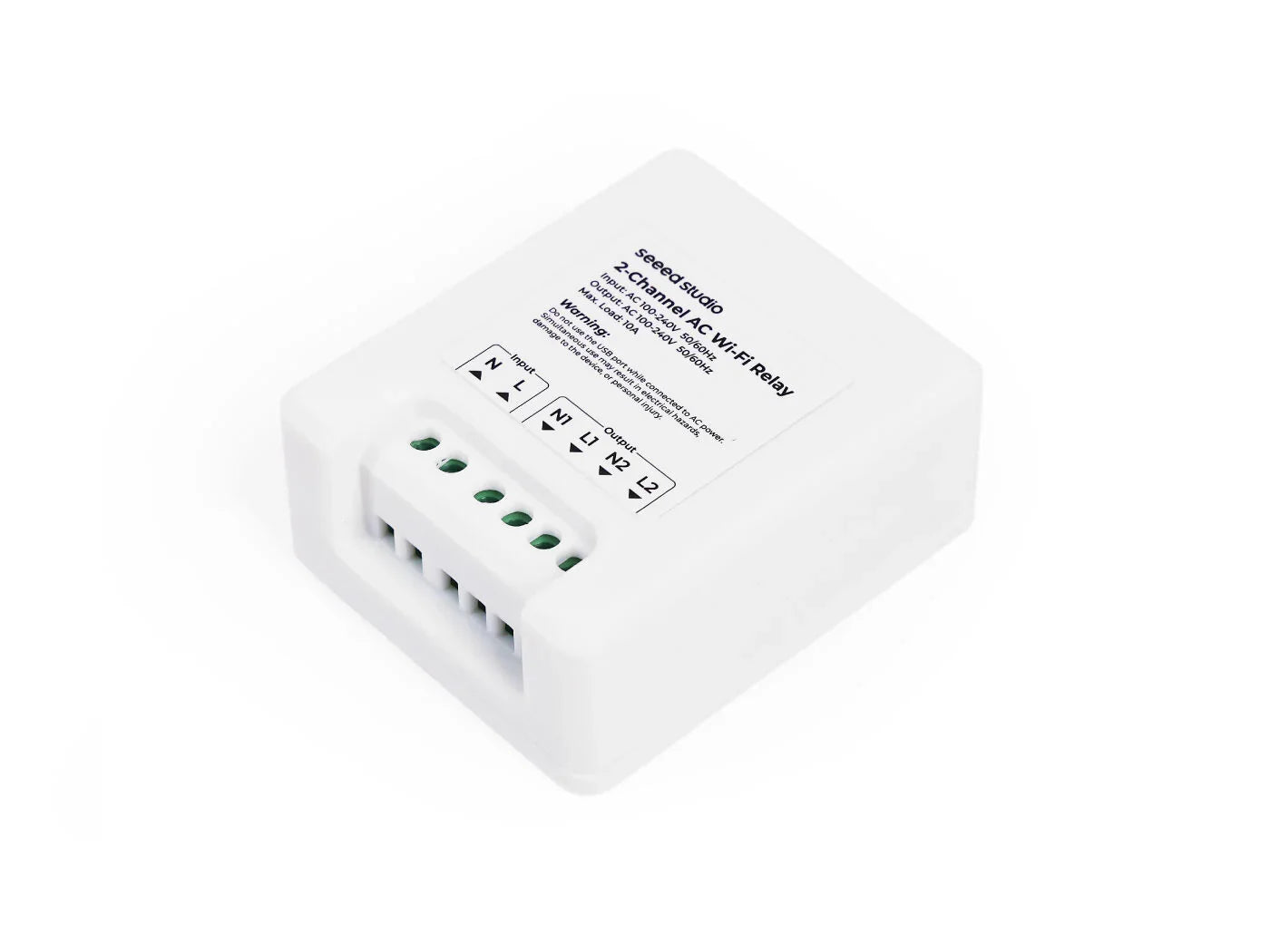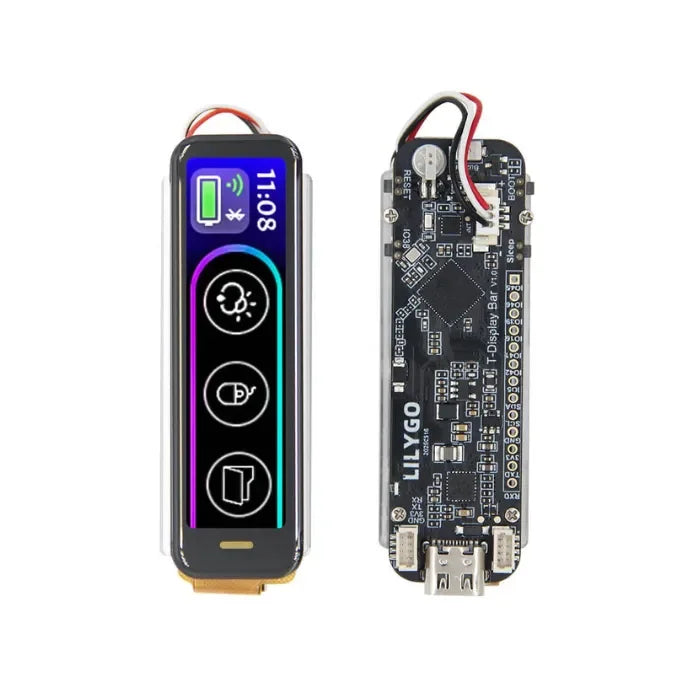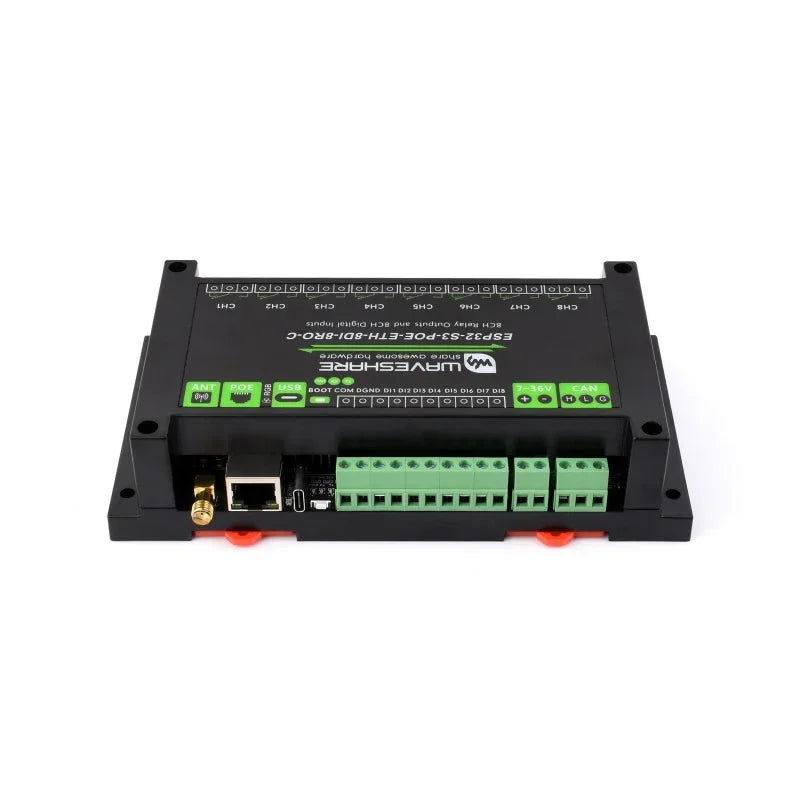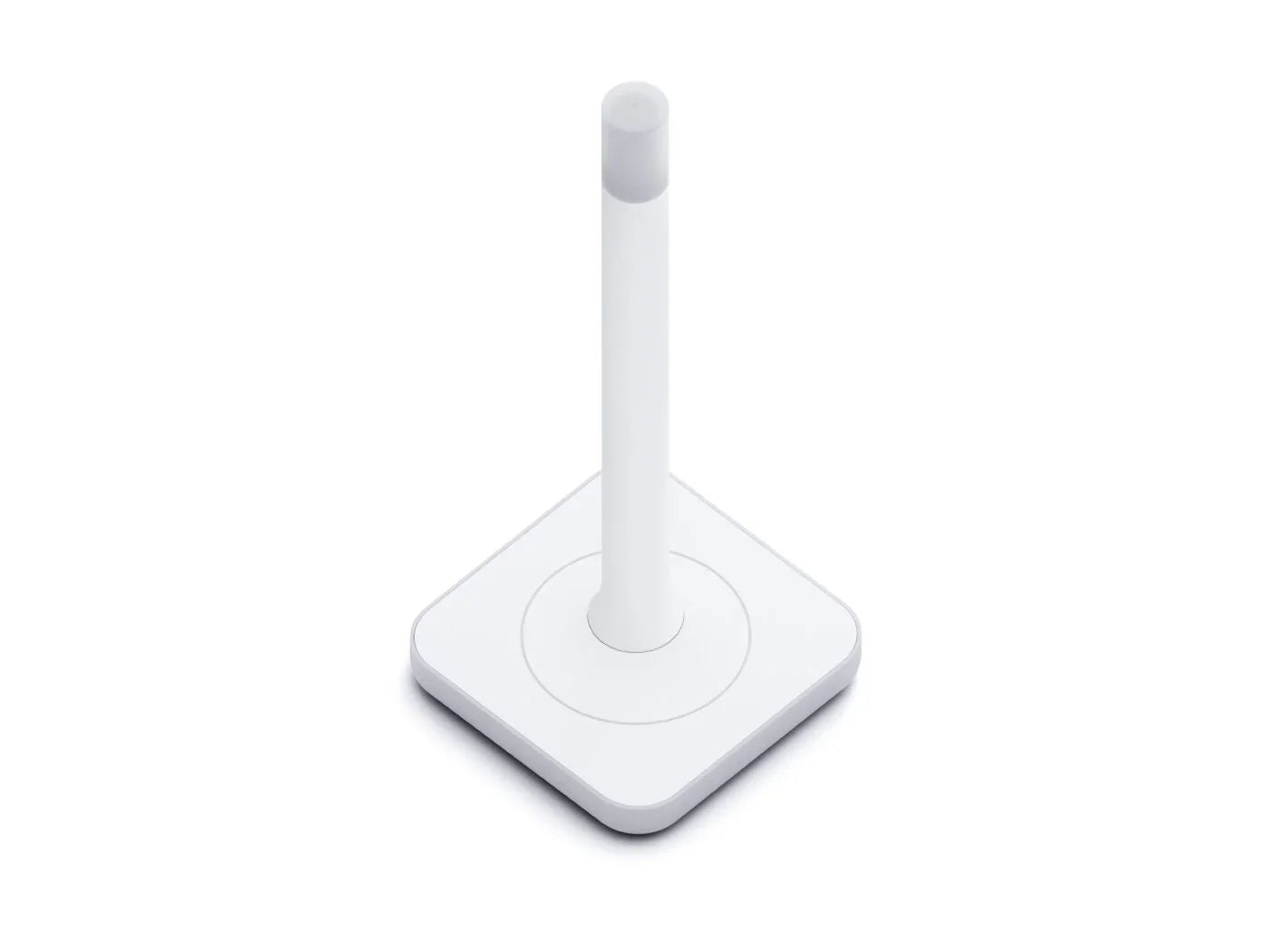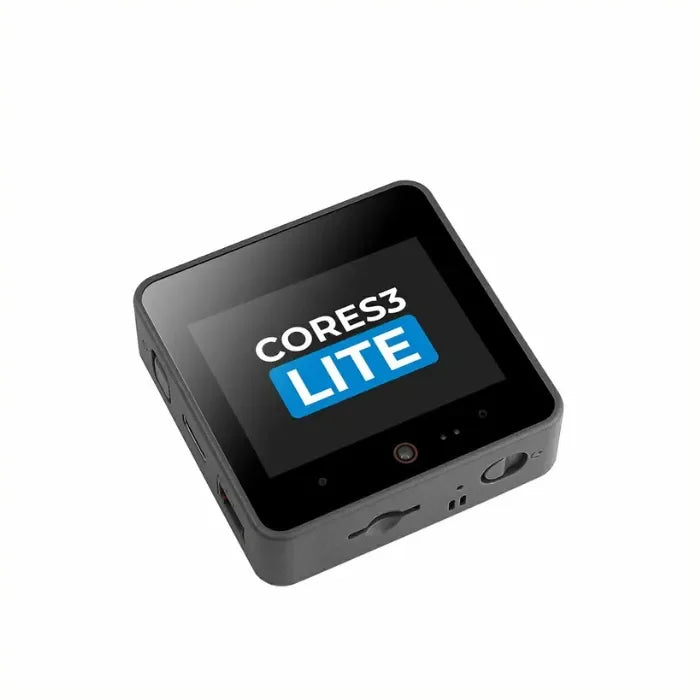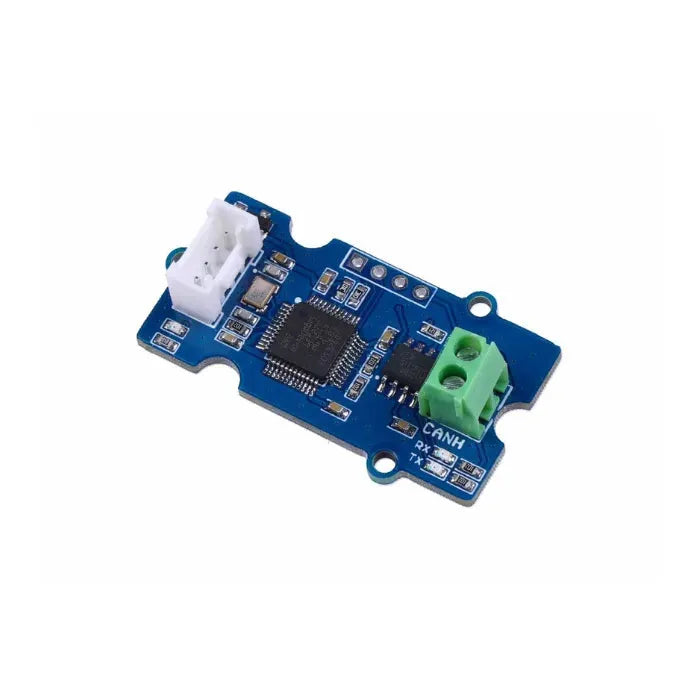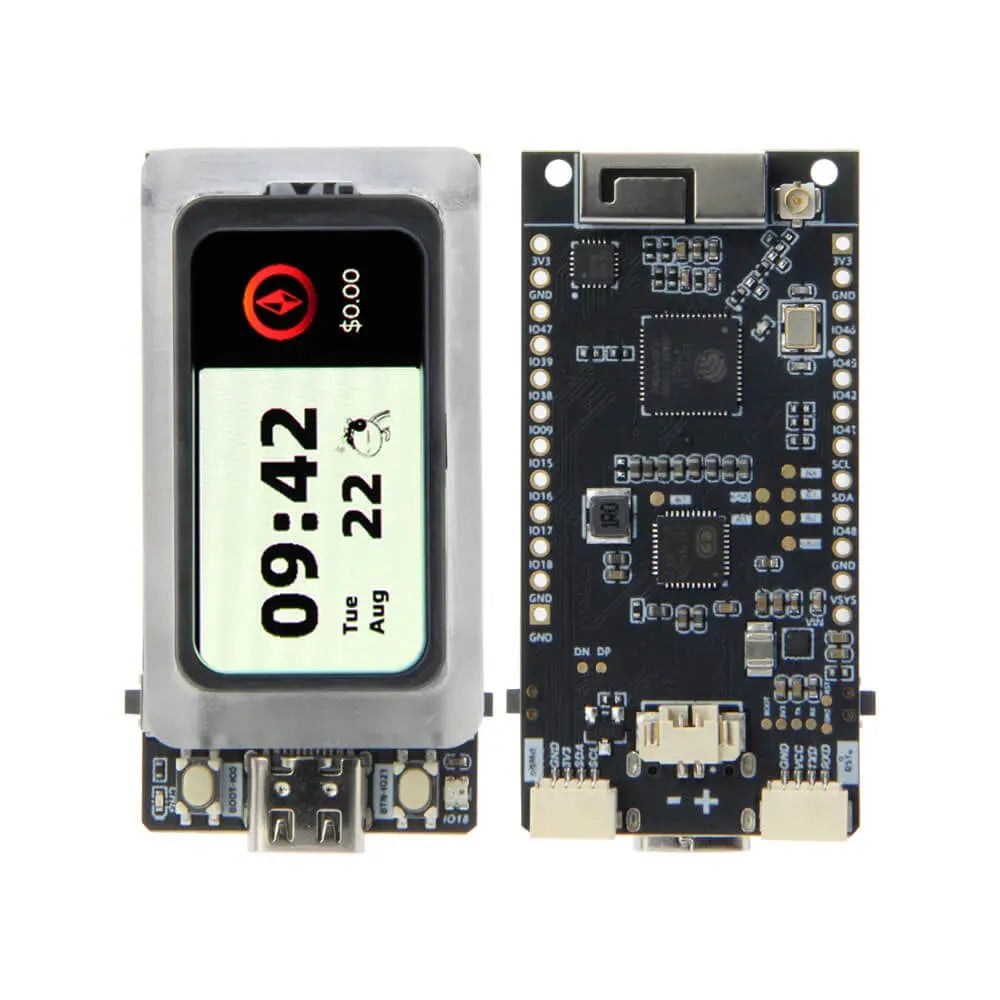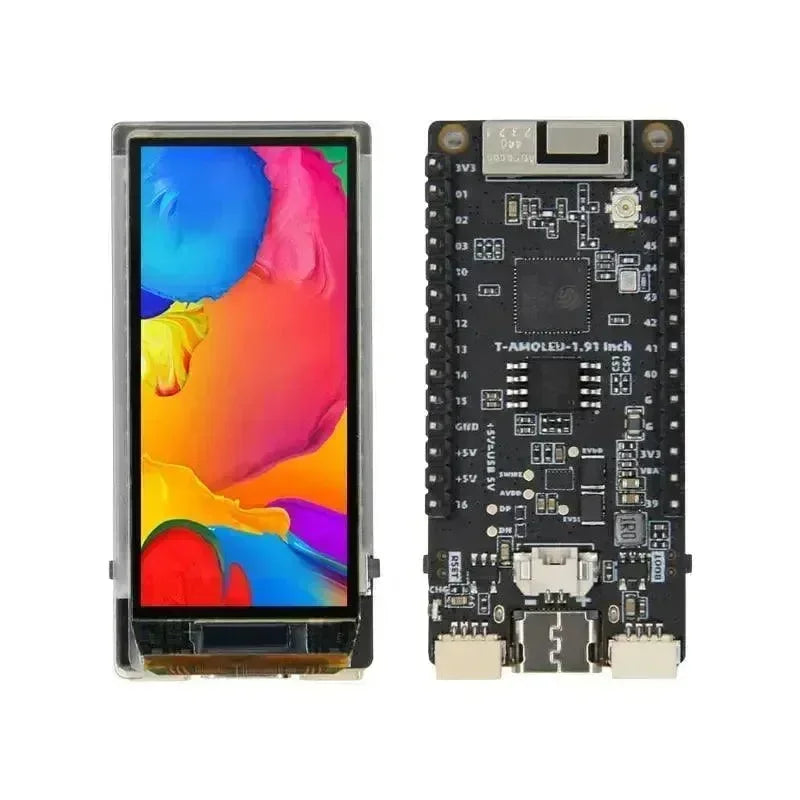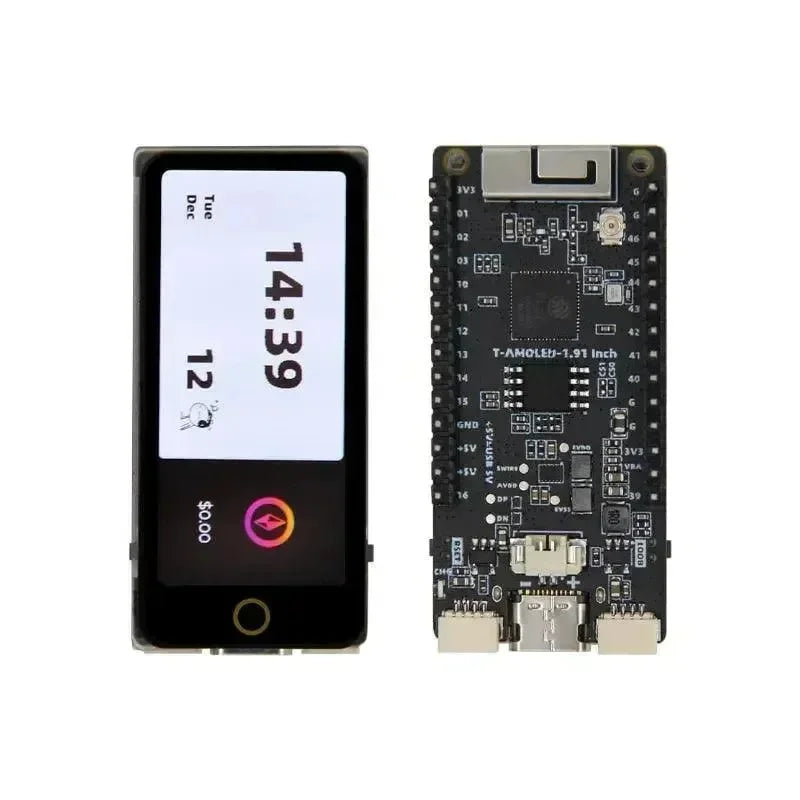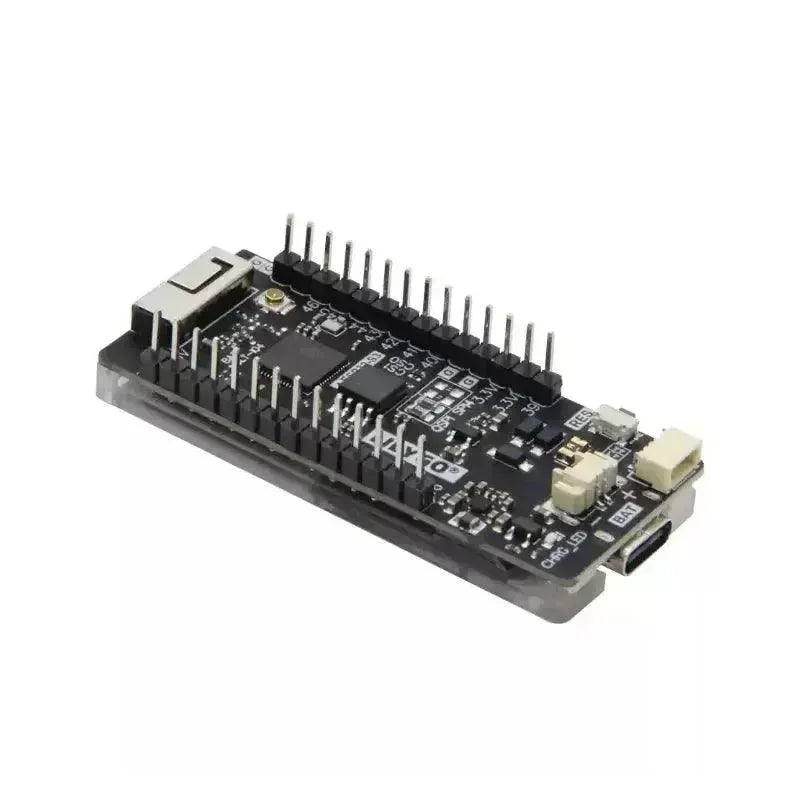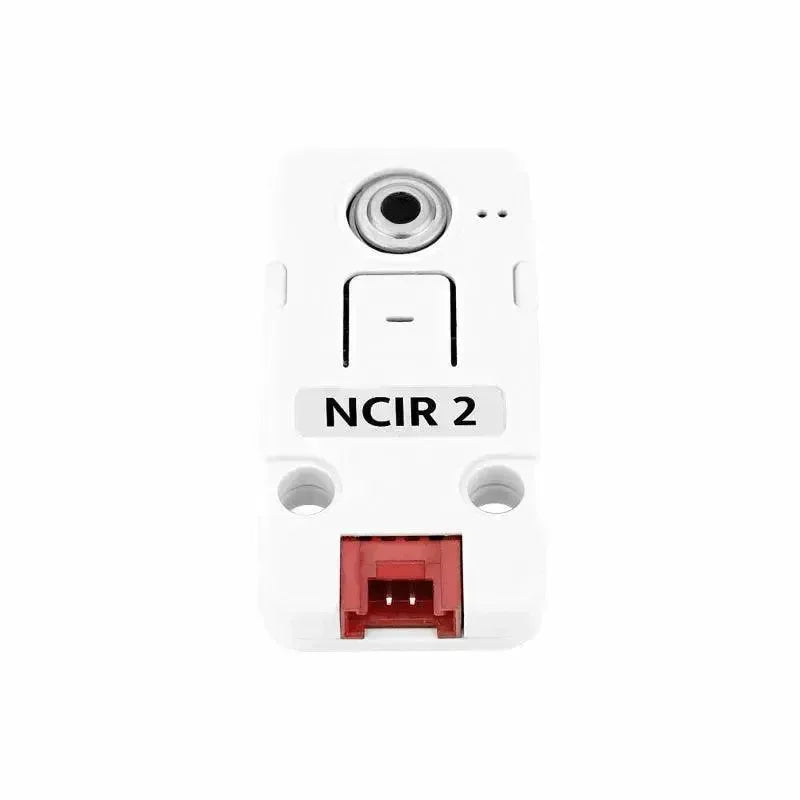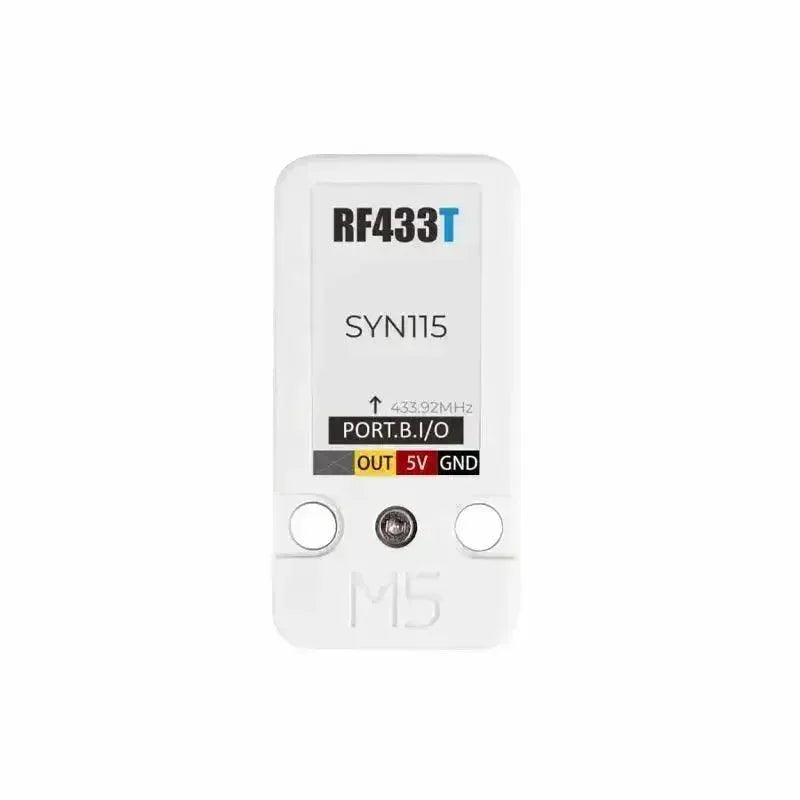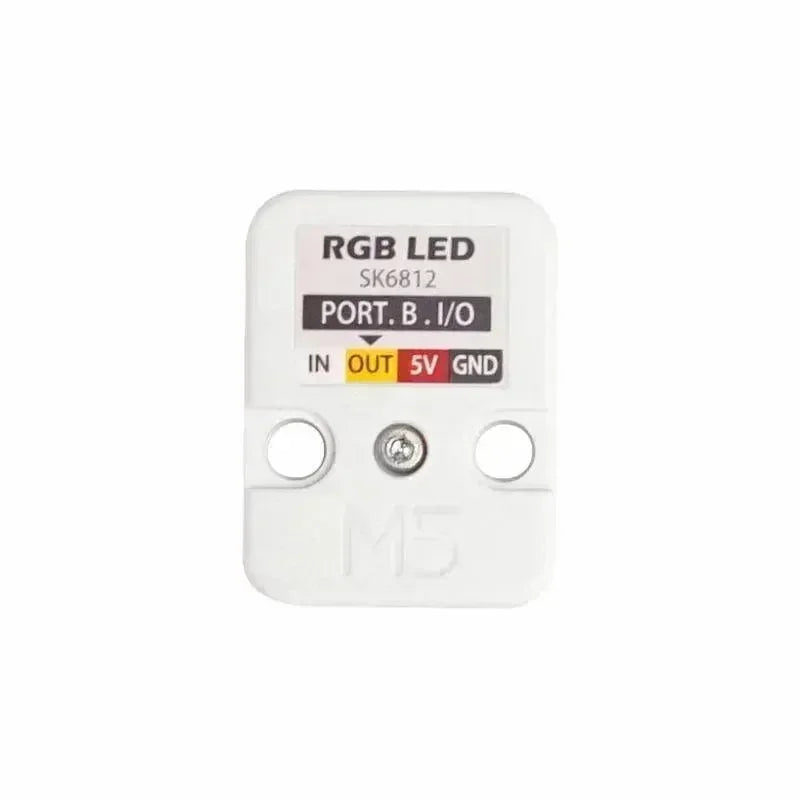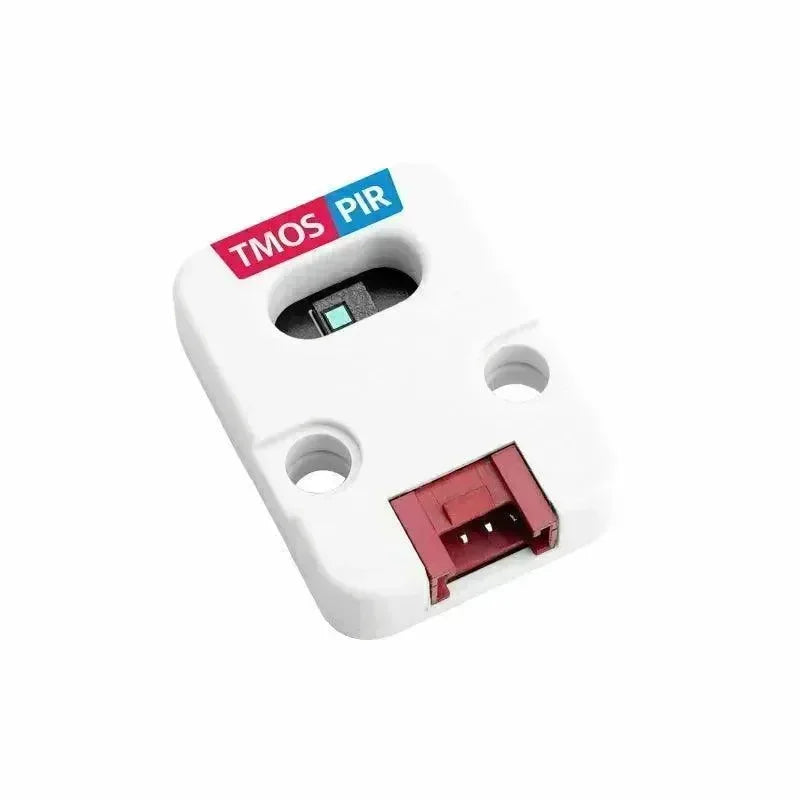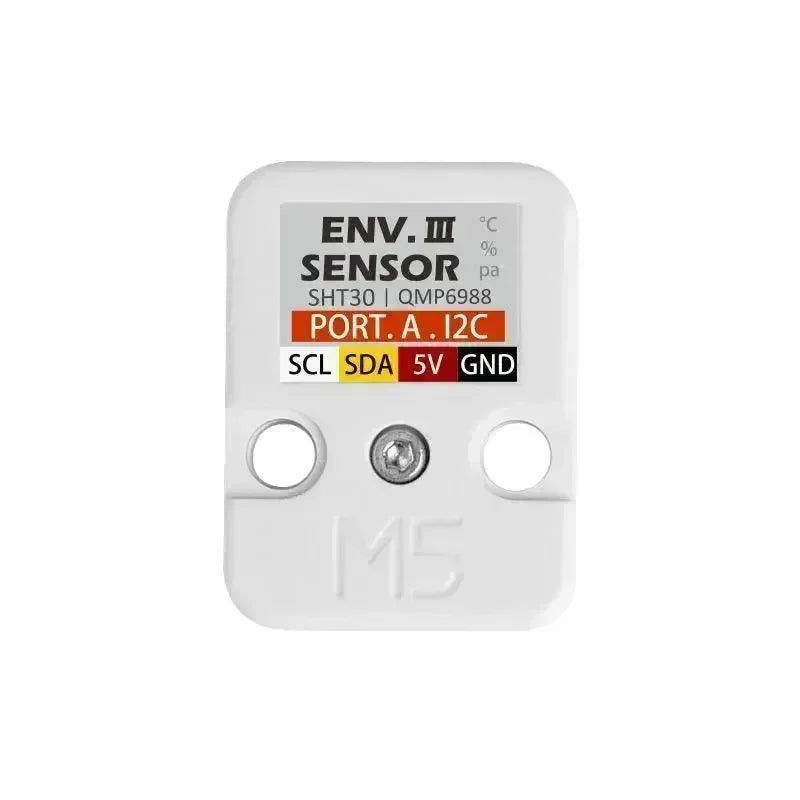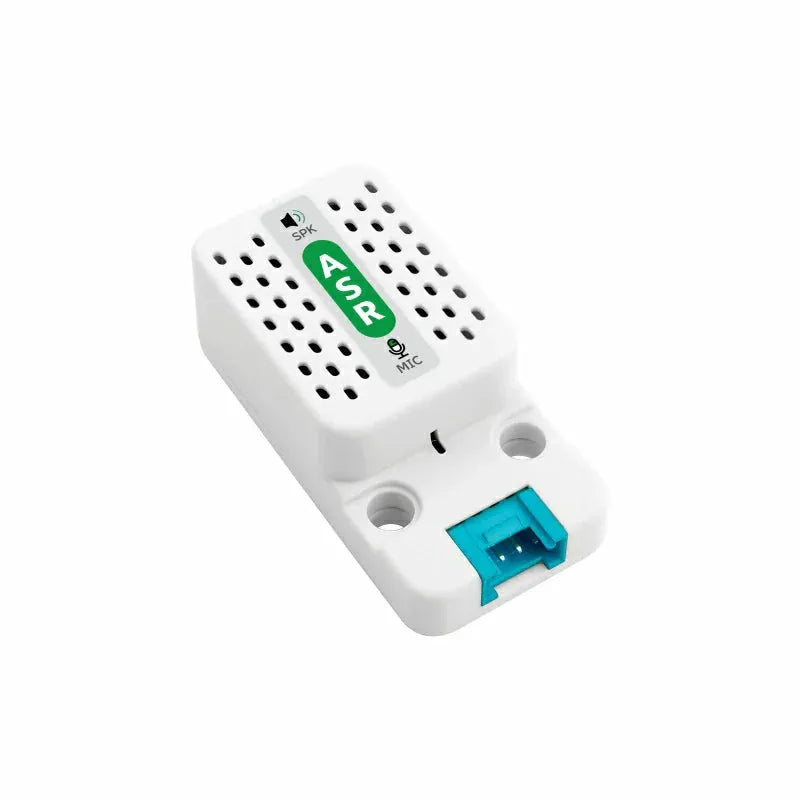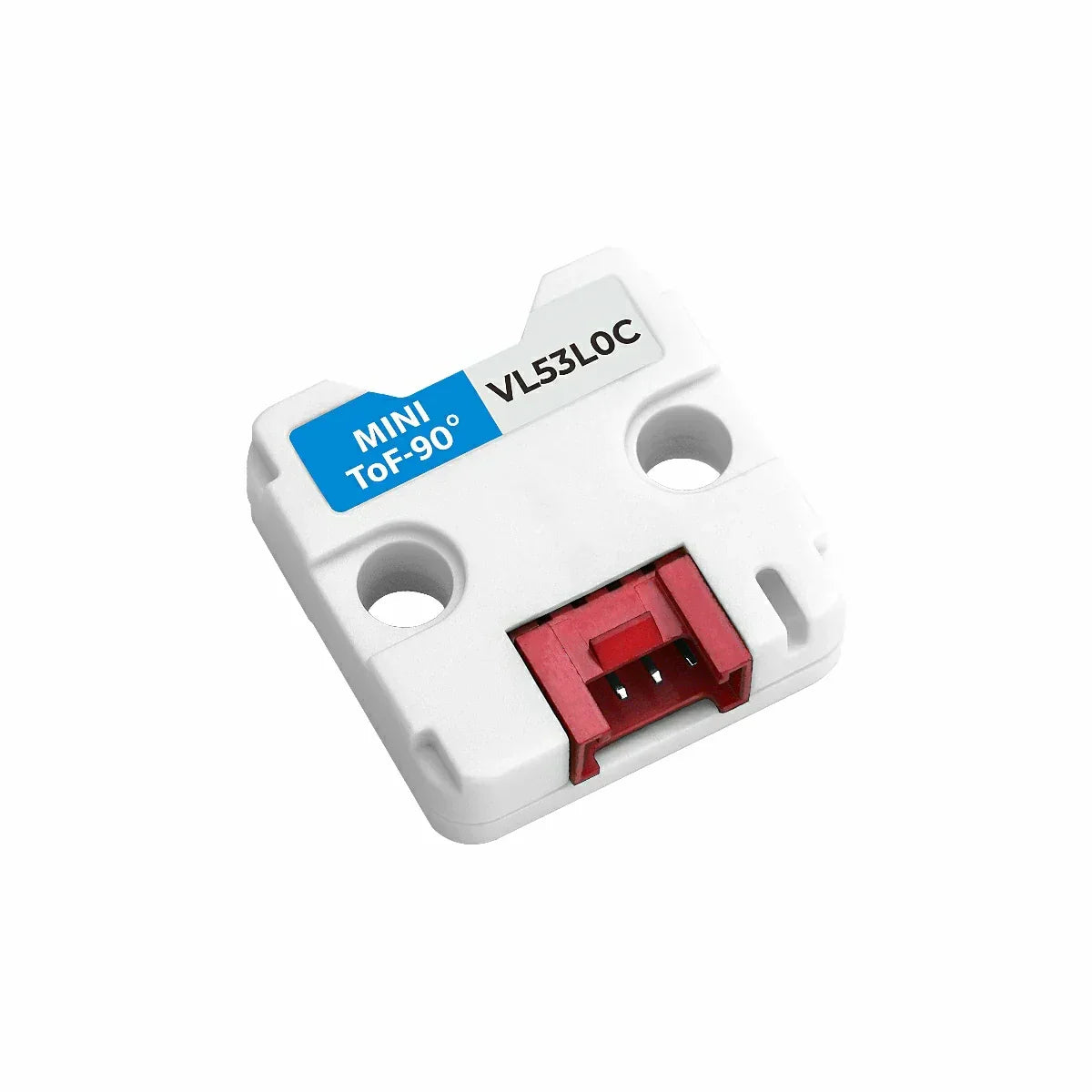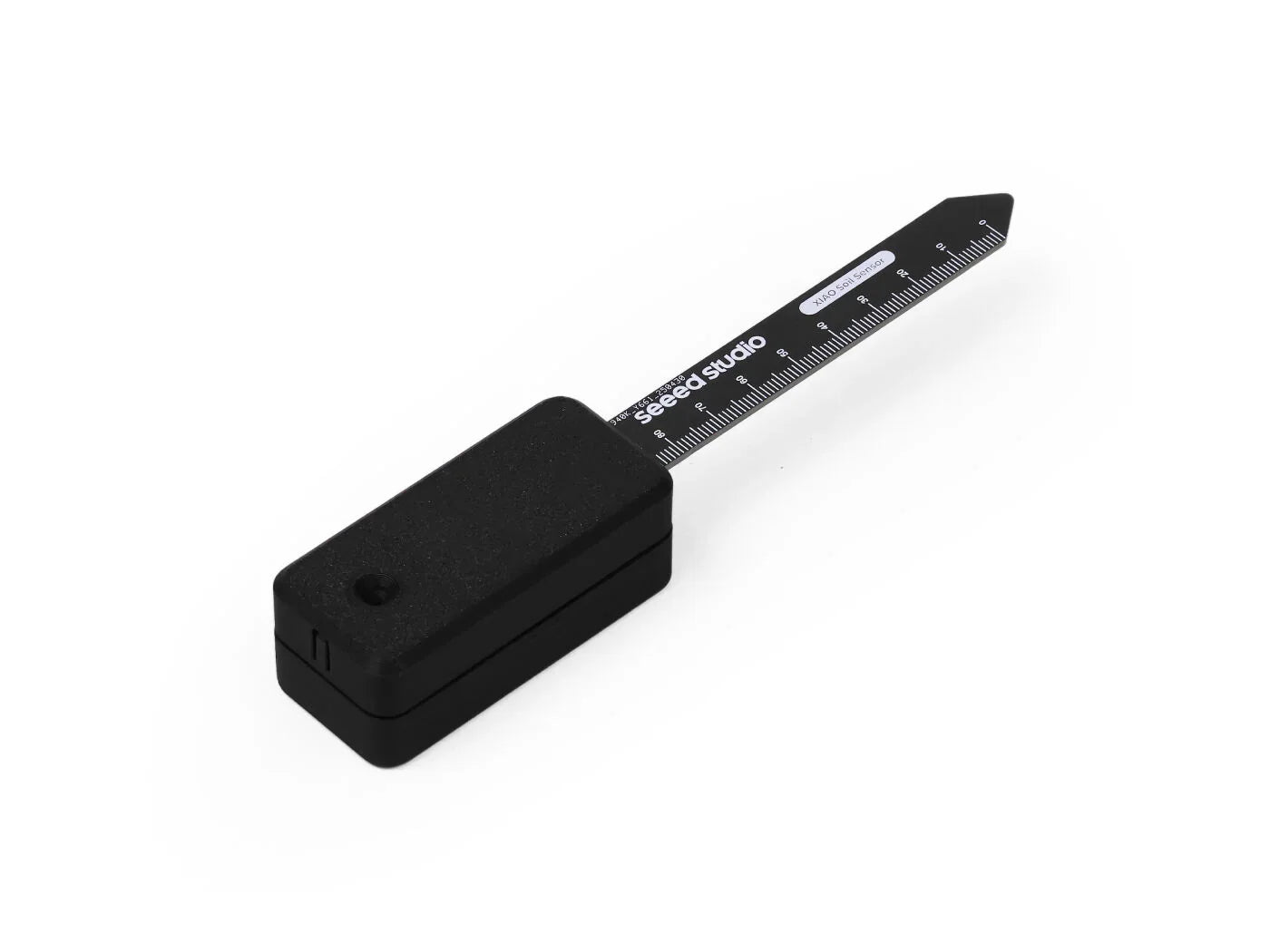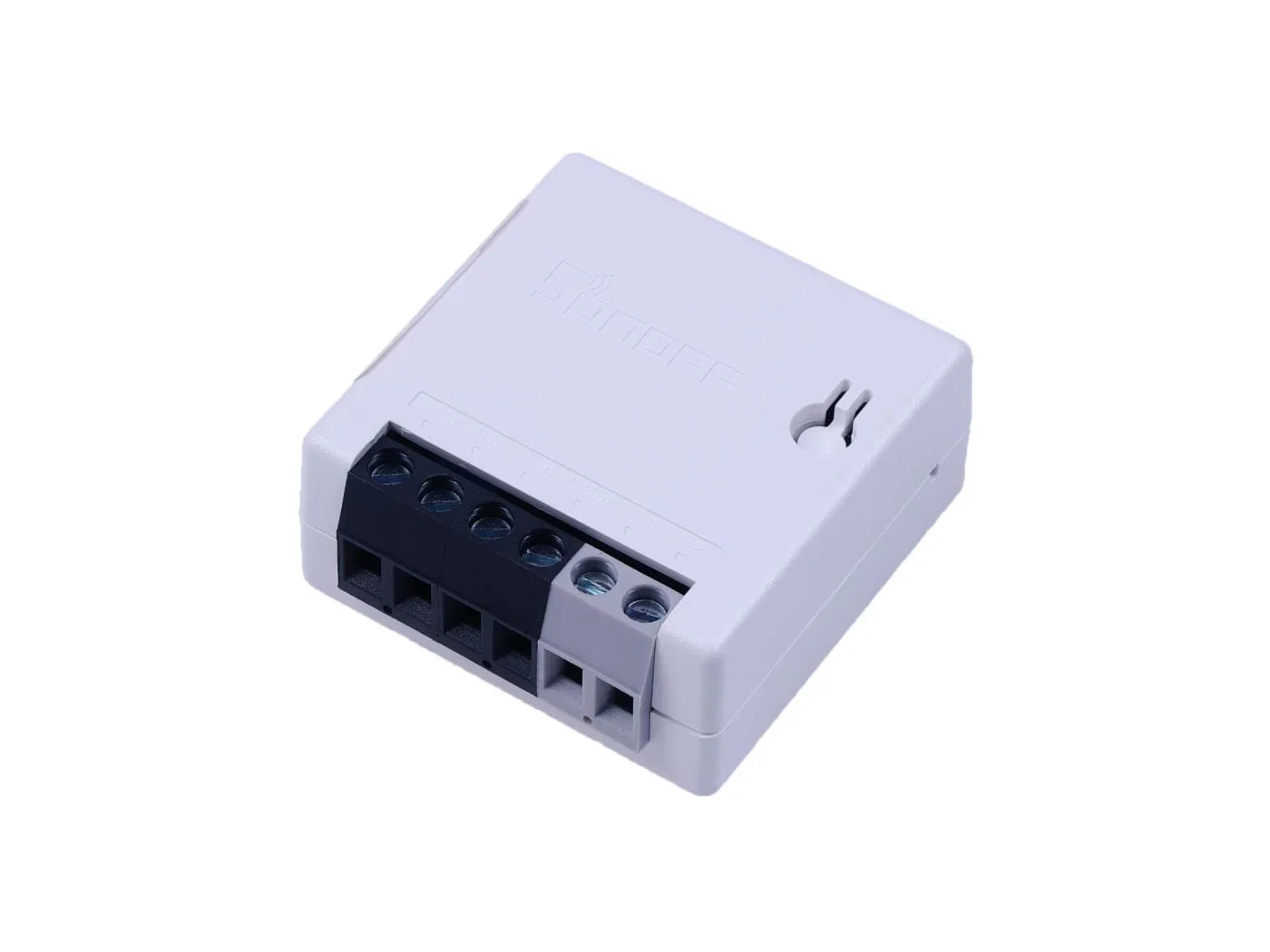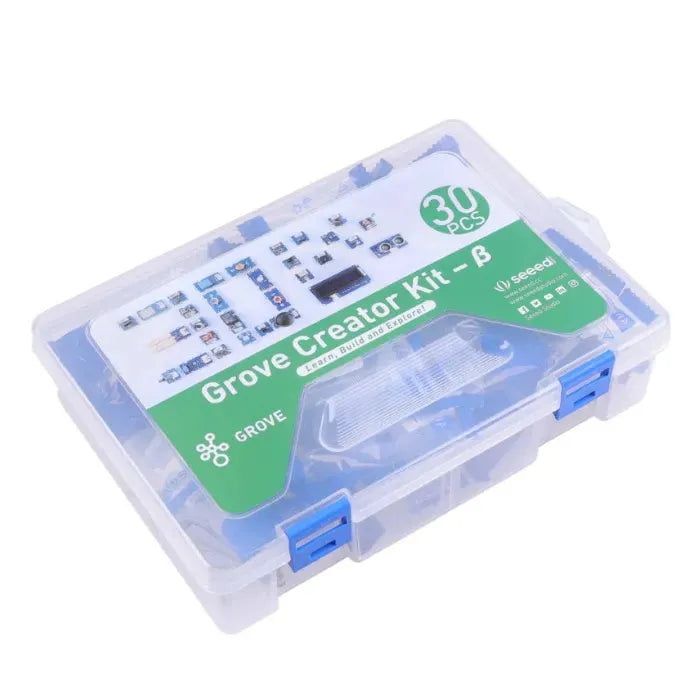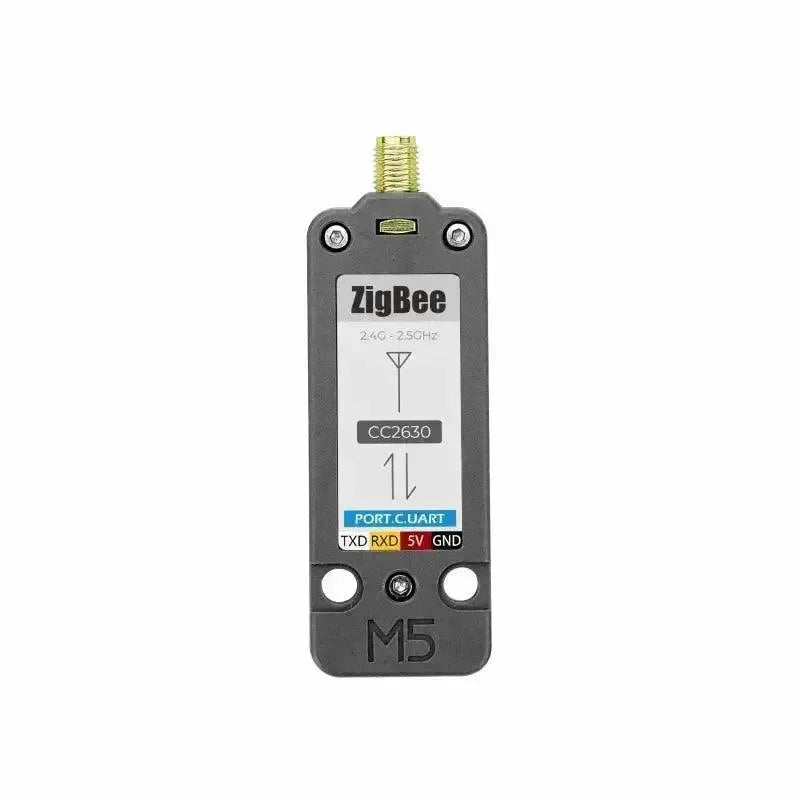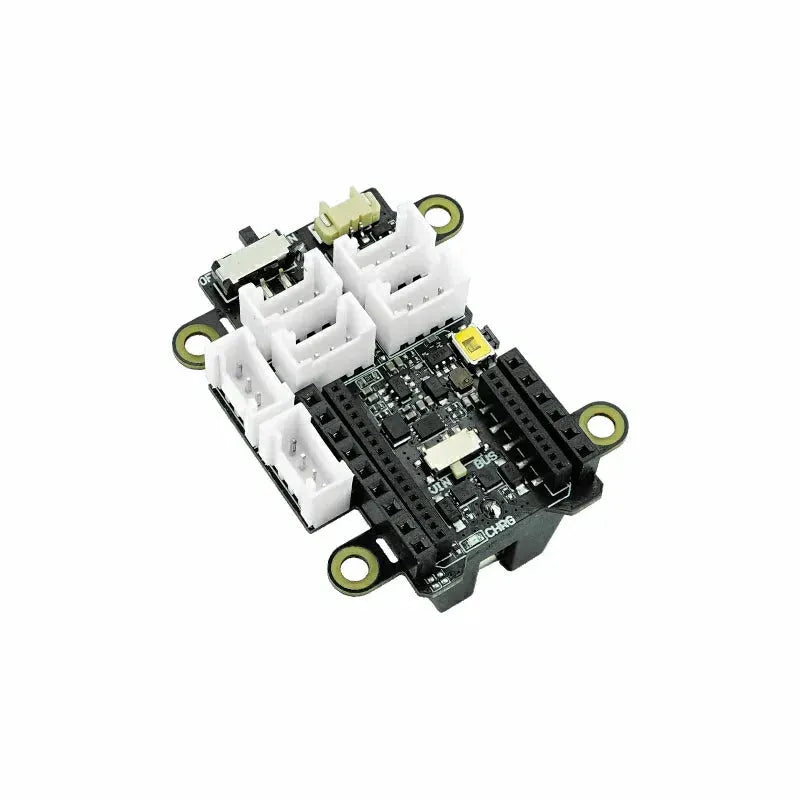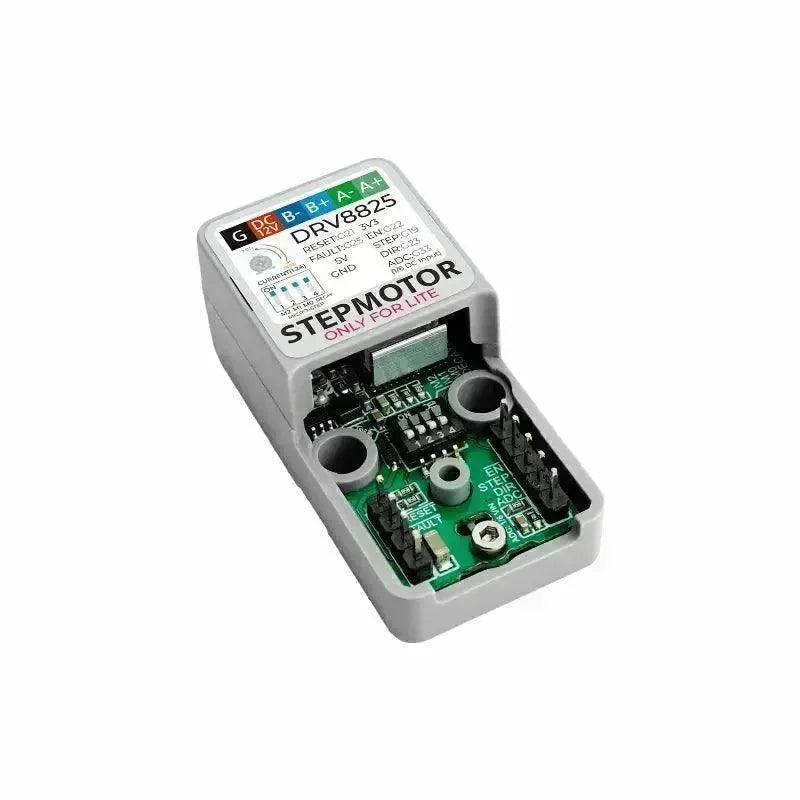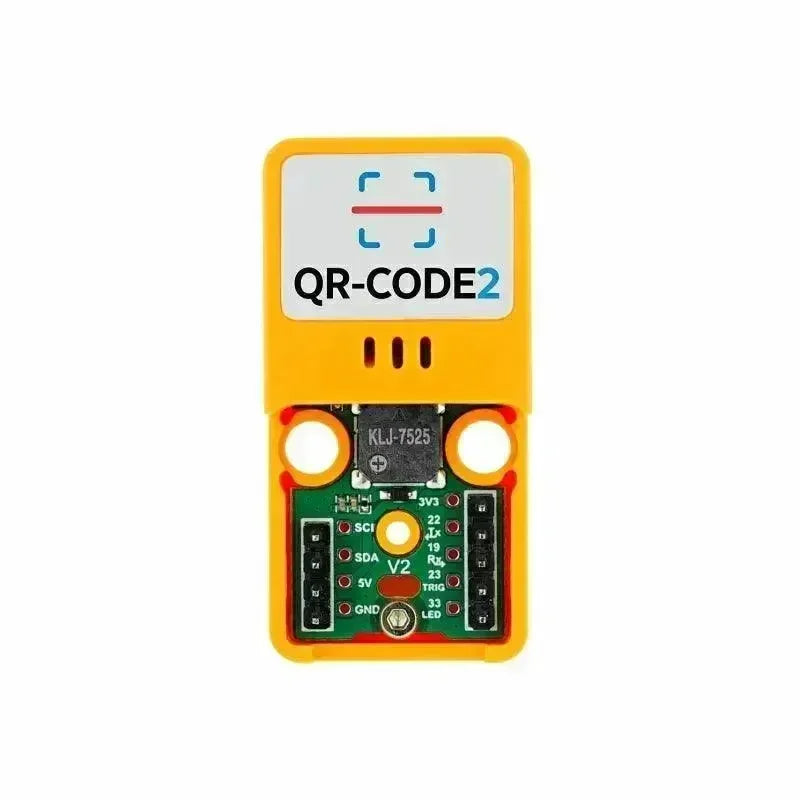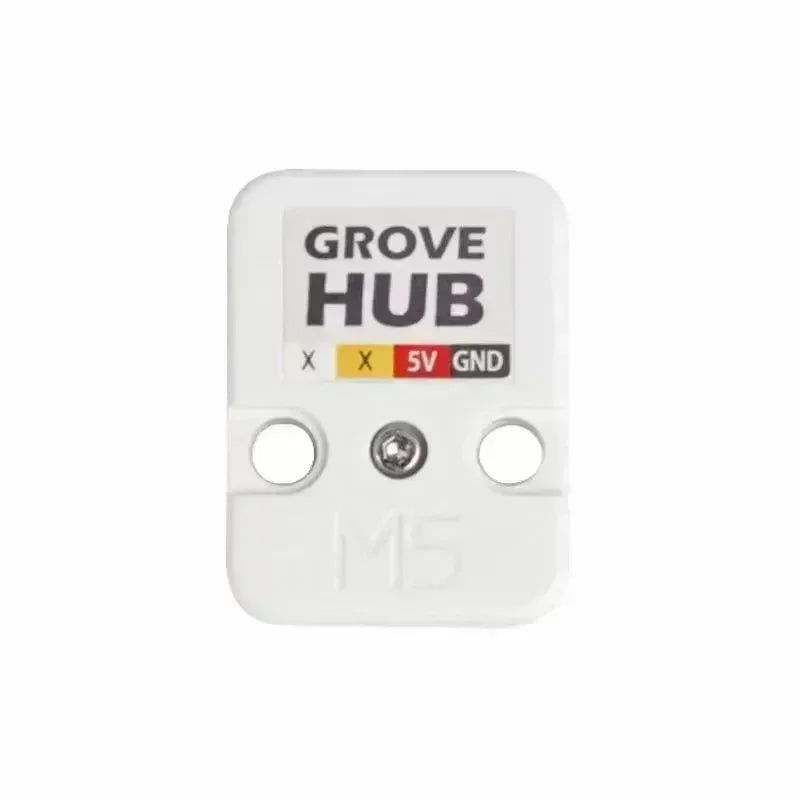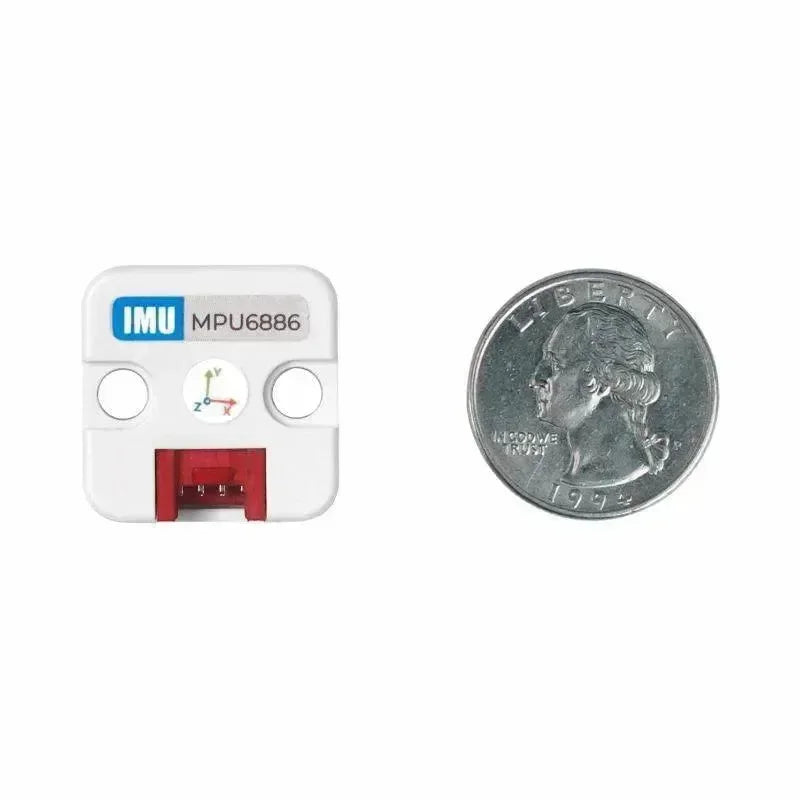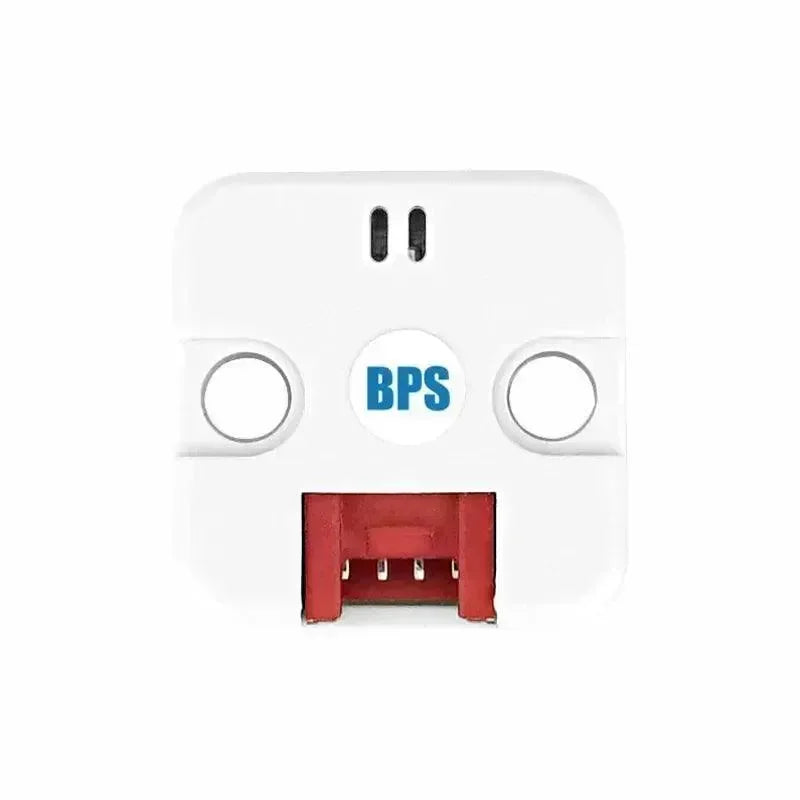
🏠 What is Home Assistant?
Home Assistant is an open-source smart home hub that lets you connect and control devices from different brands and protocols all in one place. Manage lights, climate, security systems, sensors, and more — all through a single platform. Its key advantage is local operation, meaning your data stays in your home for faster performance and greater privacy.
✨ What It Can Do
| Feature | Description |
|---|---|
| 📡 Centralized Device Management | Supports 3,300+ integrations. Control lights, locks, cameras, climate systems, and more from one interface. |
| ⚙️ Powerful Automation | Trigger devices by time, environmental conditions, or actions — like turning on lights and disabling alarms when you arrive home. |
| 🎙️ Voice Control | Works with Alexa and Google Assistant, or use the built-in private voice assistant, Assist. |
| 🔋 Energy Monitoring | Track real-time energy usage, optimize consumption, and reduce your bills. |
| 🎨 Highly Customizable | Tailor dashboards and automation logic to match your lifestyle. |
Step 1 — Choose Your Hardware

Home Assistant Green
Plug‑and‑play smart home hub with Home Assistant OS pre‑installed — perfect for beginners.
Price: €167.94

Raspberry Pi 4
Great budget gateway for light‑to‑medium smart homes. Runs Home Assistant OS smoothly for typical automations and Zigbee/Matter bridges.
Price: €76.74

Raspberry Pi 5 Starter Kit
Install Home Assistant on Raspberry Pi — a low‑cost DIY route to get started and gain hands‑on experience.
Price: €179.94
Step 2 – Install ESPHome
⚡ ESPHome is an open‑source firmware framework that simplifies turning ESP32, ESP8266, or RP2040 boards into powerful, locally‑controlled smart home devices.
Using simple 📝 YAML configuration files instead of complex C++ code, you can:
• 🛠️ Create custom smart home devices tailored to your needs
• 🔗 Integrate seamlessly with Home Assistant for a unified experience
• 🌐 Control and monitor devices via web, API, or MQTT
• 🤖 Automate with powerful on‑device logic
• 📡 Update firmware wirelessly with Over‑The‑Air (OTA) updates
With support for 📊 hundreds of sensors, displays, and components — and ☁️❌ no cloud dependency — ESPHome lets you focus on building your smart home exactly how you want it.
How to Install ESPHome
Step 3 — Choose Your Voice Controller
Step 4 — Choose Your Controller (Control‑side Devices)
Step 5 — Choose Your Sensors (Sensing‑side Devices)
Products for Home Assistant

Compact maar krachtig, de XIAO ESP32‑C6 combineert Wi‑Fi 6, Bluetooth 5, Thread en Zigbee in een duimgrote RISC‑V dual-core bord — perfect voor embedded integraties. Met native ondersteuning voor Matter en ESPHome, integreert het naadloos in je Home Assistant ecosysteem om sensoren, triggers of automatiseringspunten toe te voegen met minimale setup.
Typische toepassingen in Home Assistant:
- Milieu- en bezettingssensoren
- Draadloze knoppen of bedieningspanelen
- Thread/Zigbee bruggen voor bestaande apparaten
- Laag-vermogen remote nodes voor dataverzameling

Aangedreven door een ESP32 dual-core processor met ingebouwde Wi-Fi en Bluetooth, beschikt de M5Stack Core2 over een 2,0-inch capacitief touchscreen, virtuele knoppen, haptische feedback, luidspreker, RTC, 6-assige IMU-sensor en microfoon.
Met ESPHome of MQTT maakt hij binnen enkele minuten verbinding met Home Assistant, wat snelle, lokale en betrouwbare smart home-bediening mogelijk maakt.
Waarom het geweldig is voor Home Assistant
- 📱 Touch-interactie — toon aangepaste dashboards, schakelaars, scènes of live data direct op het scherm
- 🎛 Meerdere invoermethoden — virtuele knoppen, gebaren en touchzones om automatiseringen te activeren
- 🔊 Audio & haptiek — ingebouwde luidspreker en trilmotor voor waarschuwingen, deurbellen en meldingen
- 🔌 Uitbreidbaar — Grove-poort, TF-kaartsleuf, I2S-audio voor sensoren en randapparatuur
- 🔋 Flexibele plaatsing — ingebouwde oplaadbare batterij voor draadloos gebruik overal in huis

De M5Stack Dial v1.1 is een compact, functierijk bedieningsapparaat gebouwd rond de ESP32‑S3. Met zijn 1,28″ rond TFT-touchdisplay, hoogprecisie rotary encoder en RFID-module biedt het zowel visuele feedback als tactiele bediening voor je Home Assistant-opstelling.
Perfect voor Home Assistant omdat het biedt:
- Snelle integratie via ESPHome, MQTT of aangepaste firmware
- Multi-input bediening: touch-gebaren, draaiknop en knoppen onder het scherm
- Visuele dashboards & live data direct op het ronde display
- Apparaat-triggers met de ingebouwde RFID-lezer voor veilige, contactloze acties
- Flexibele plaatsing met DC 6–36 V ingang of optionele batterijvoeding
- Eenvoudige uitbreiding via Grove-poorten voor sensoren, relais of andere randapparatuur

